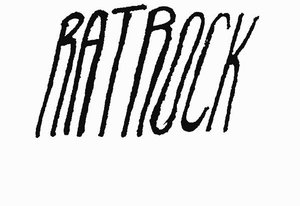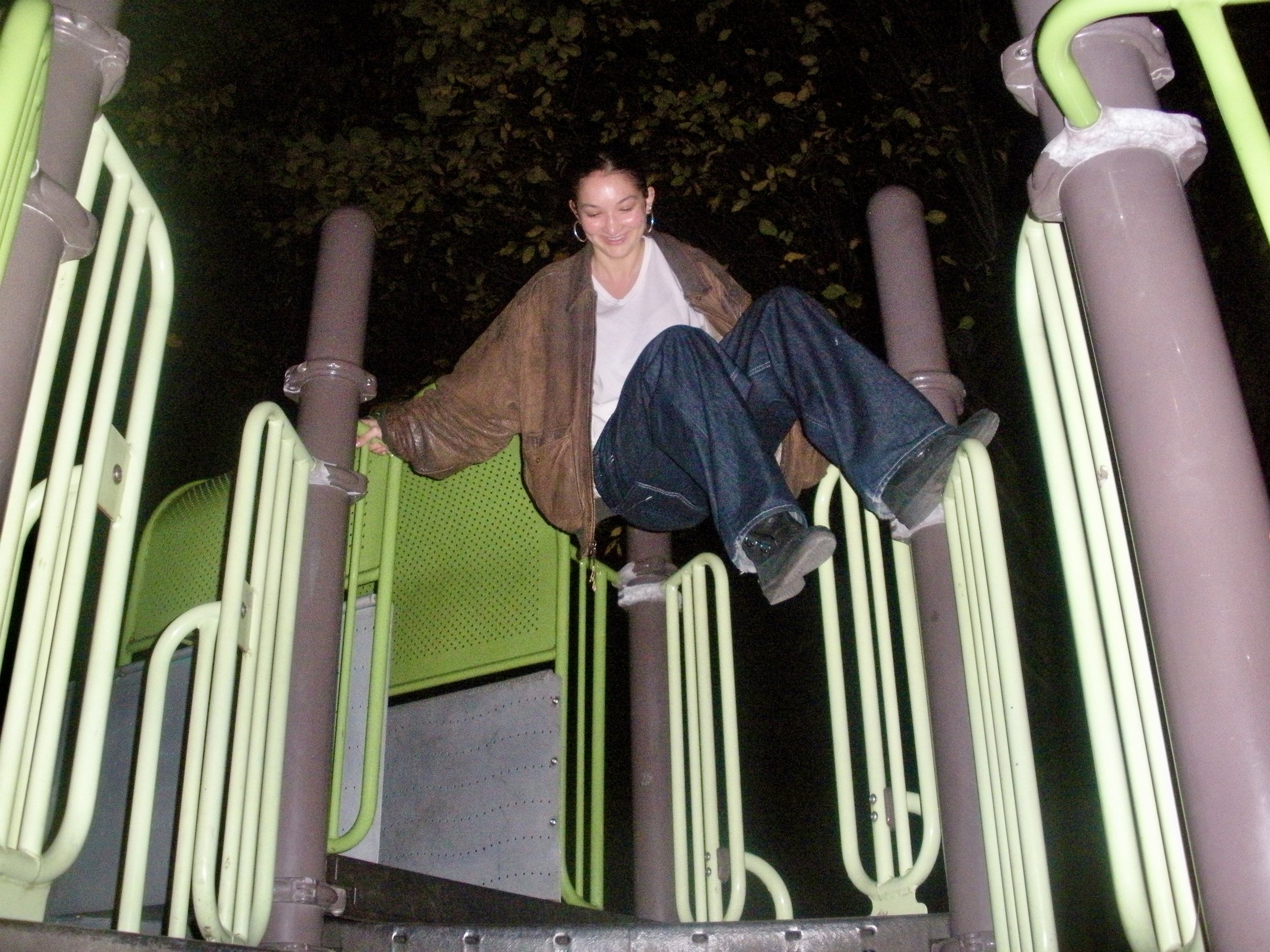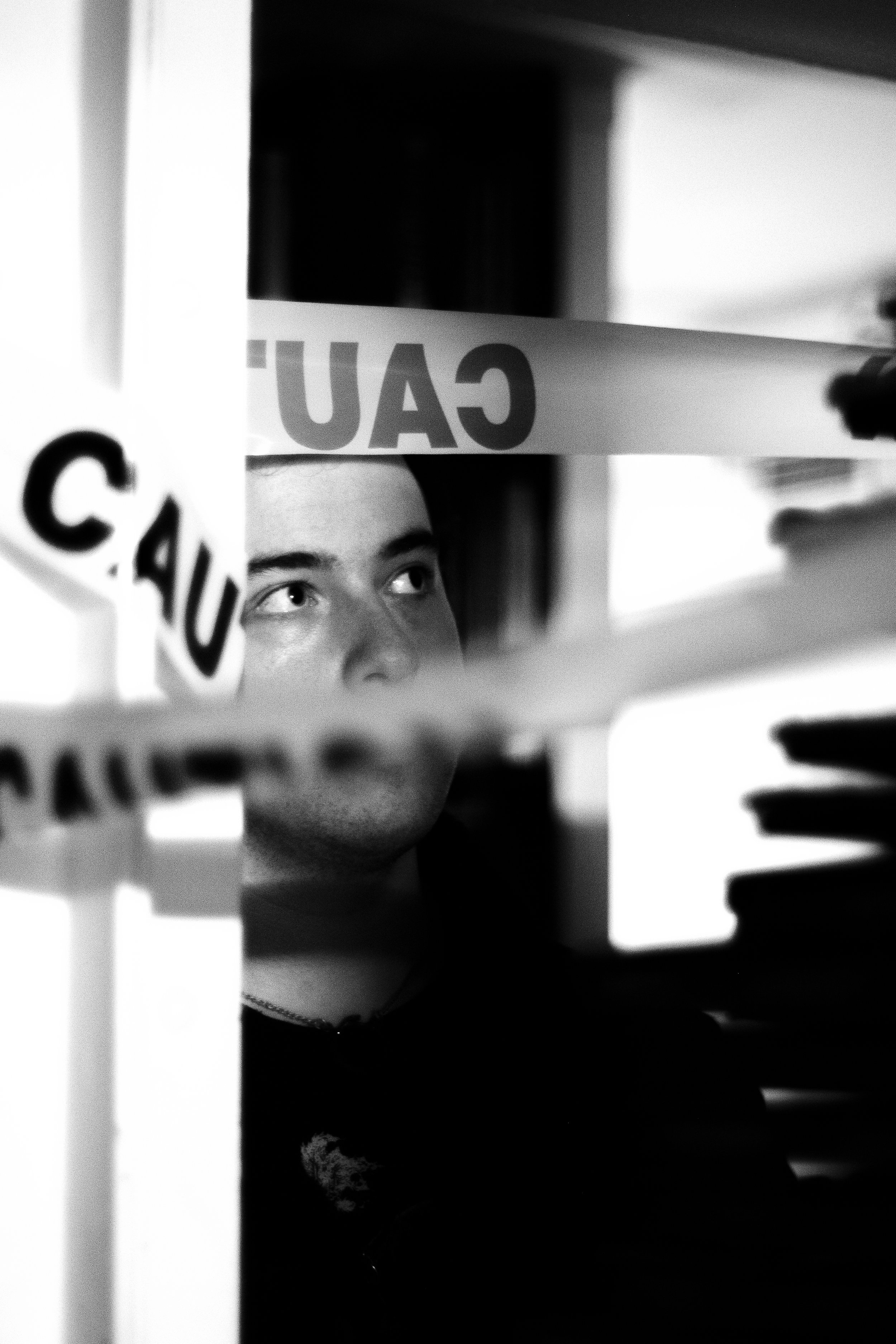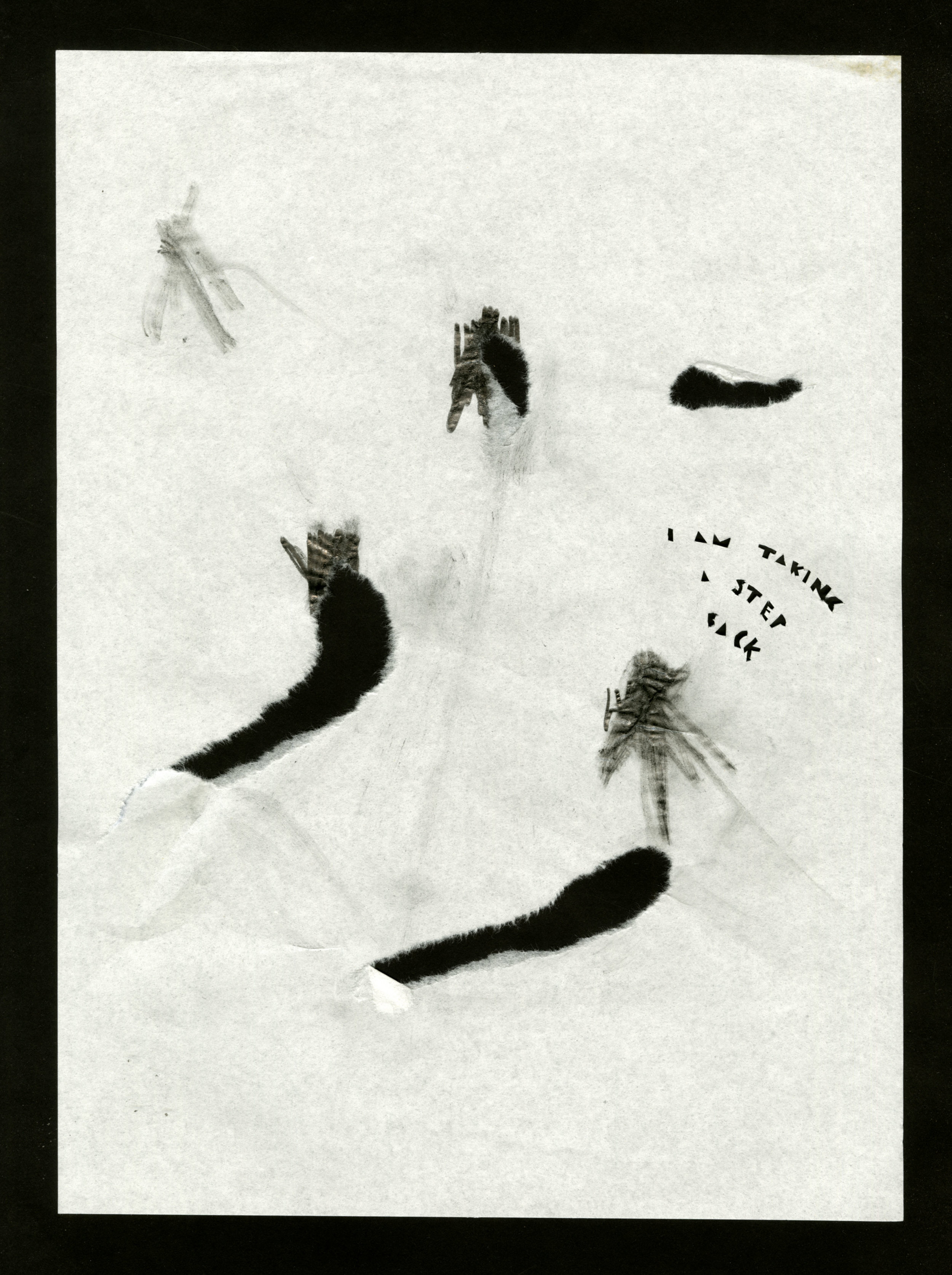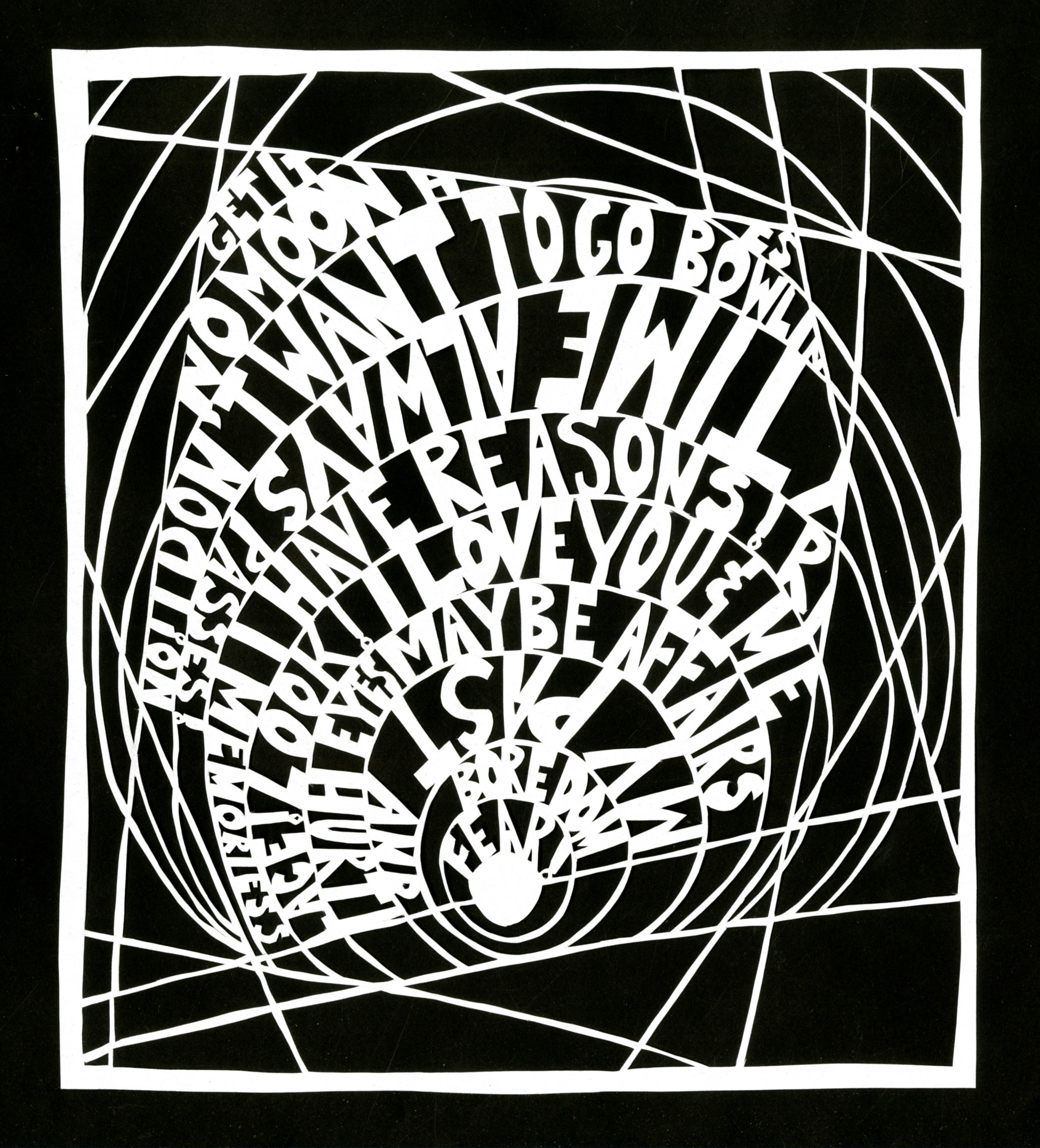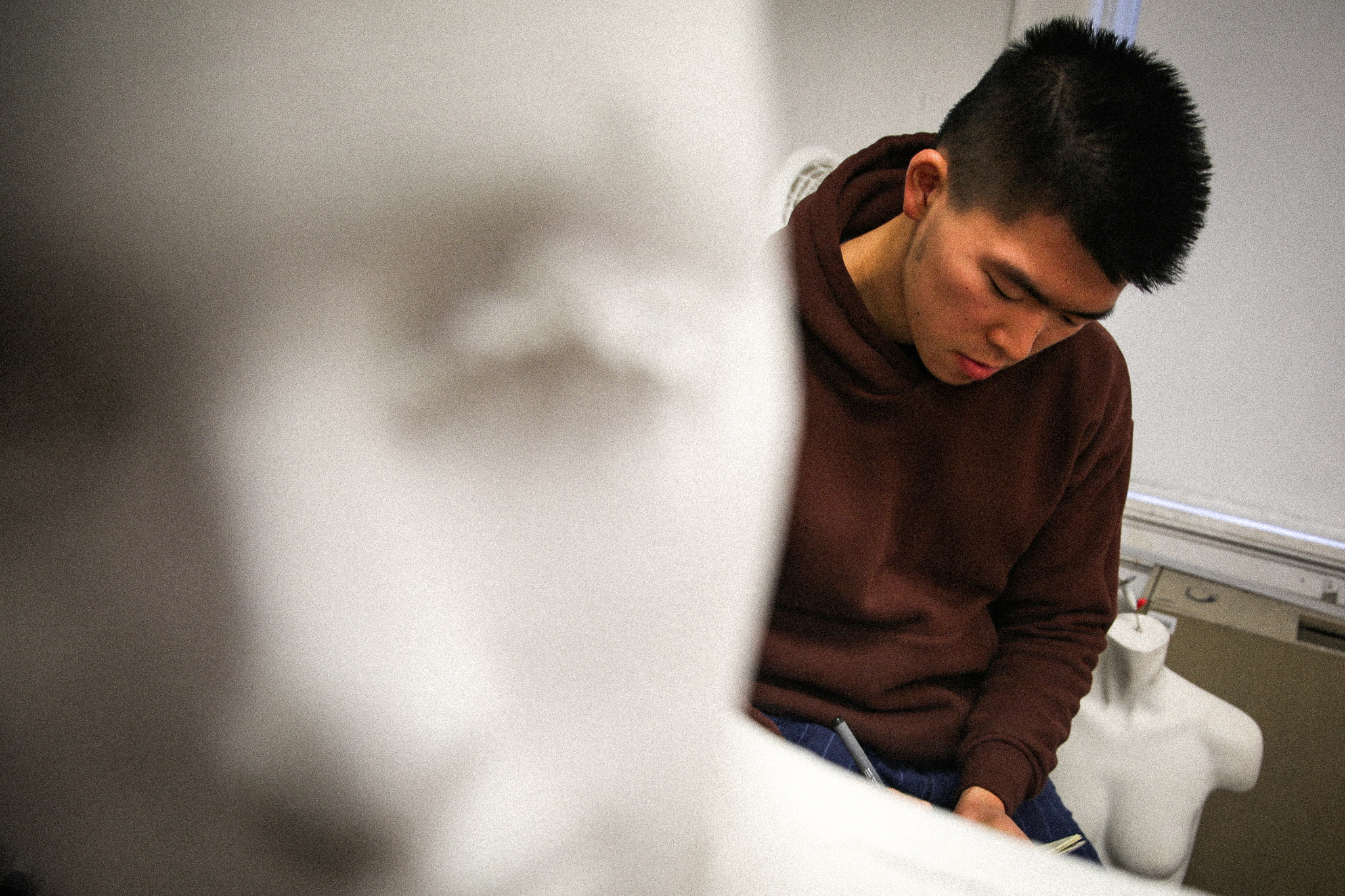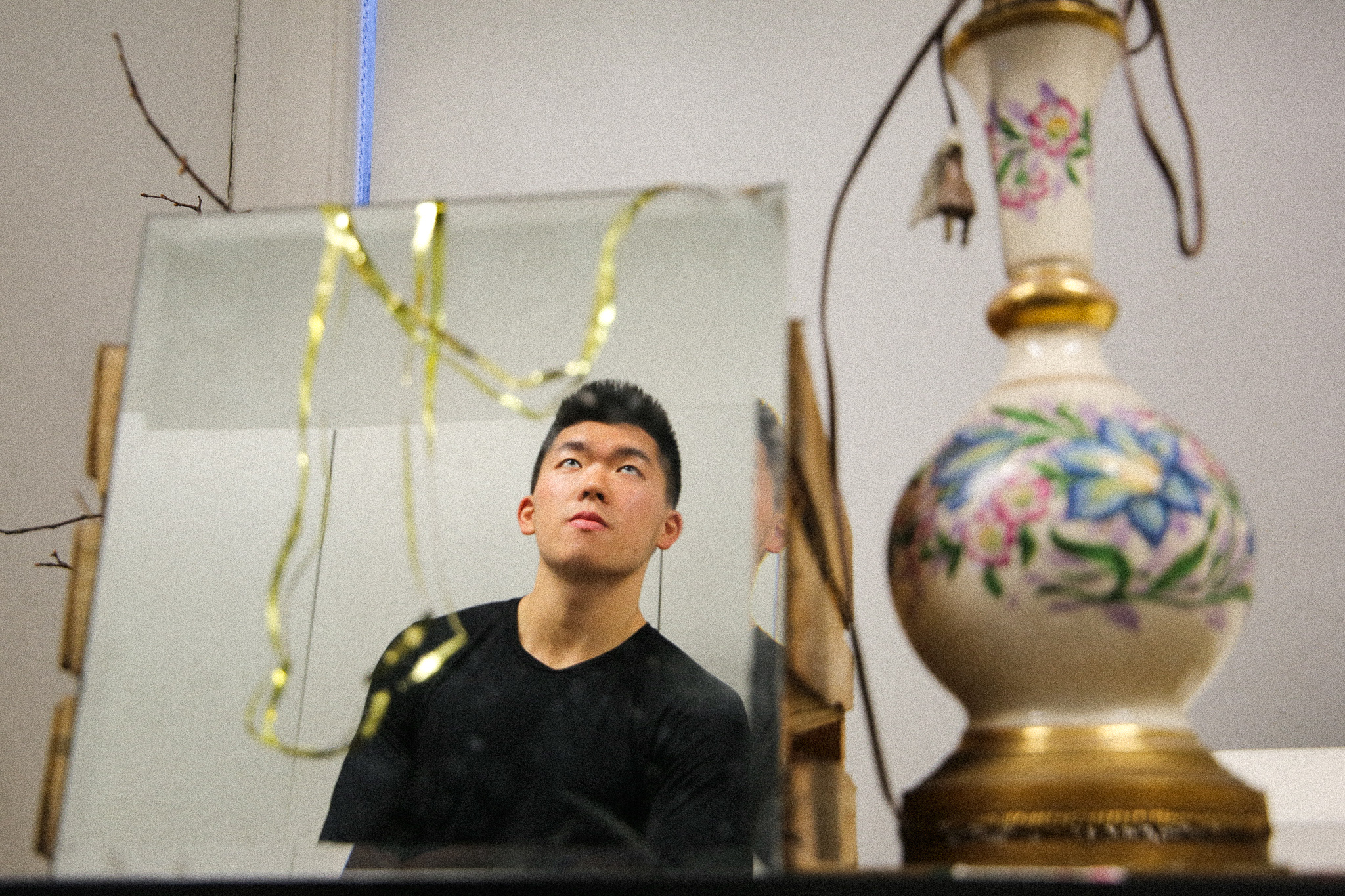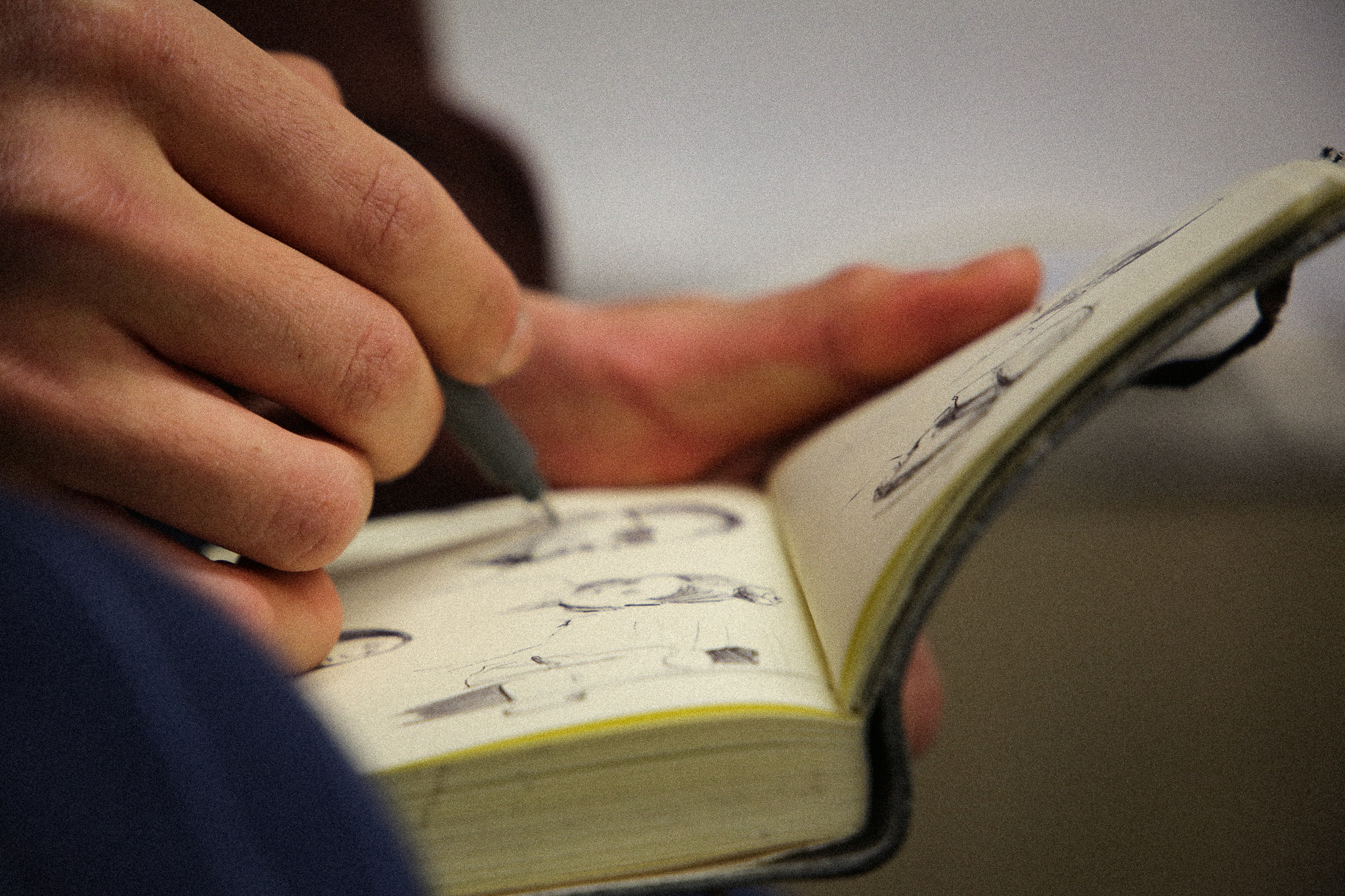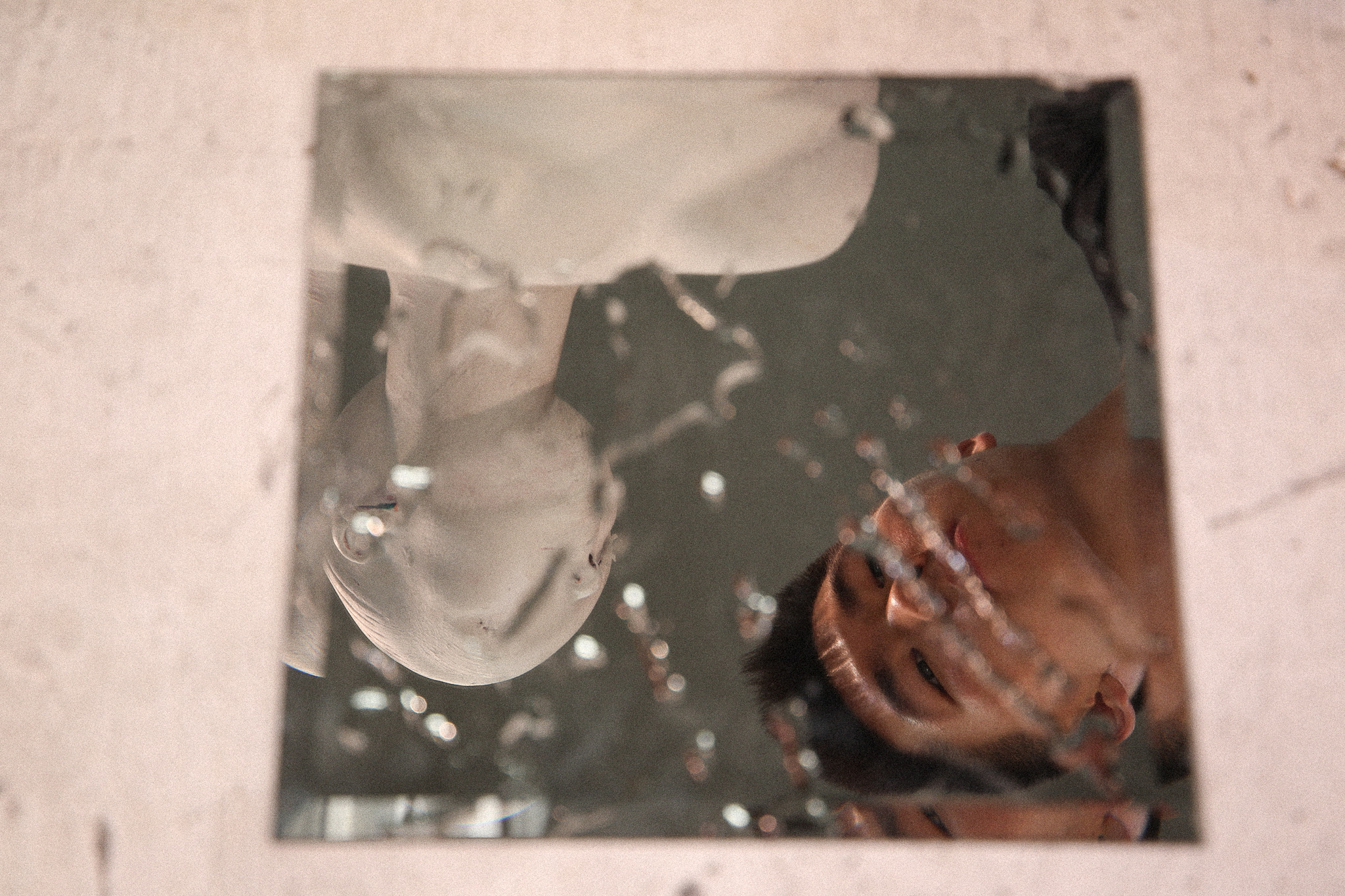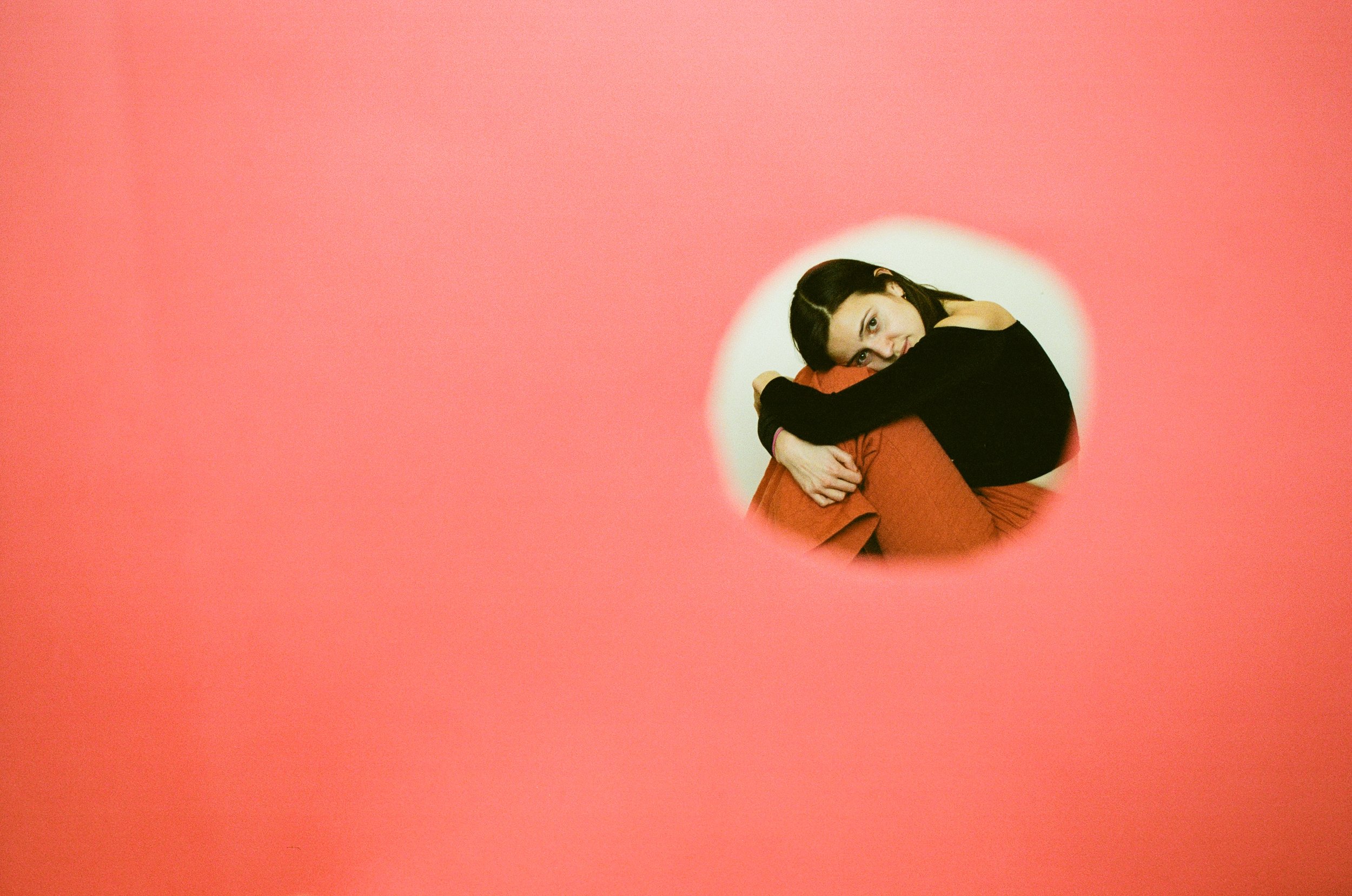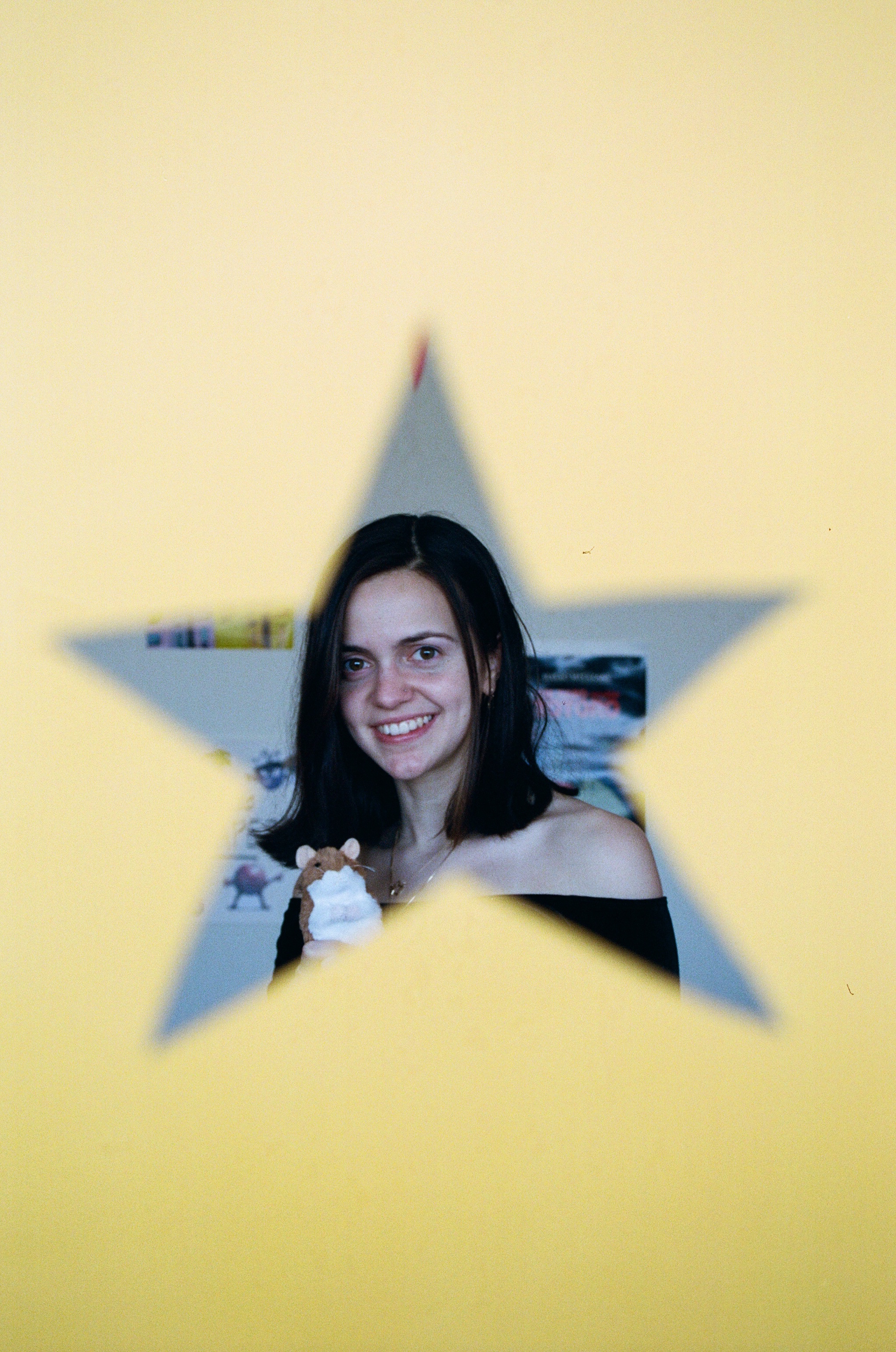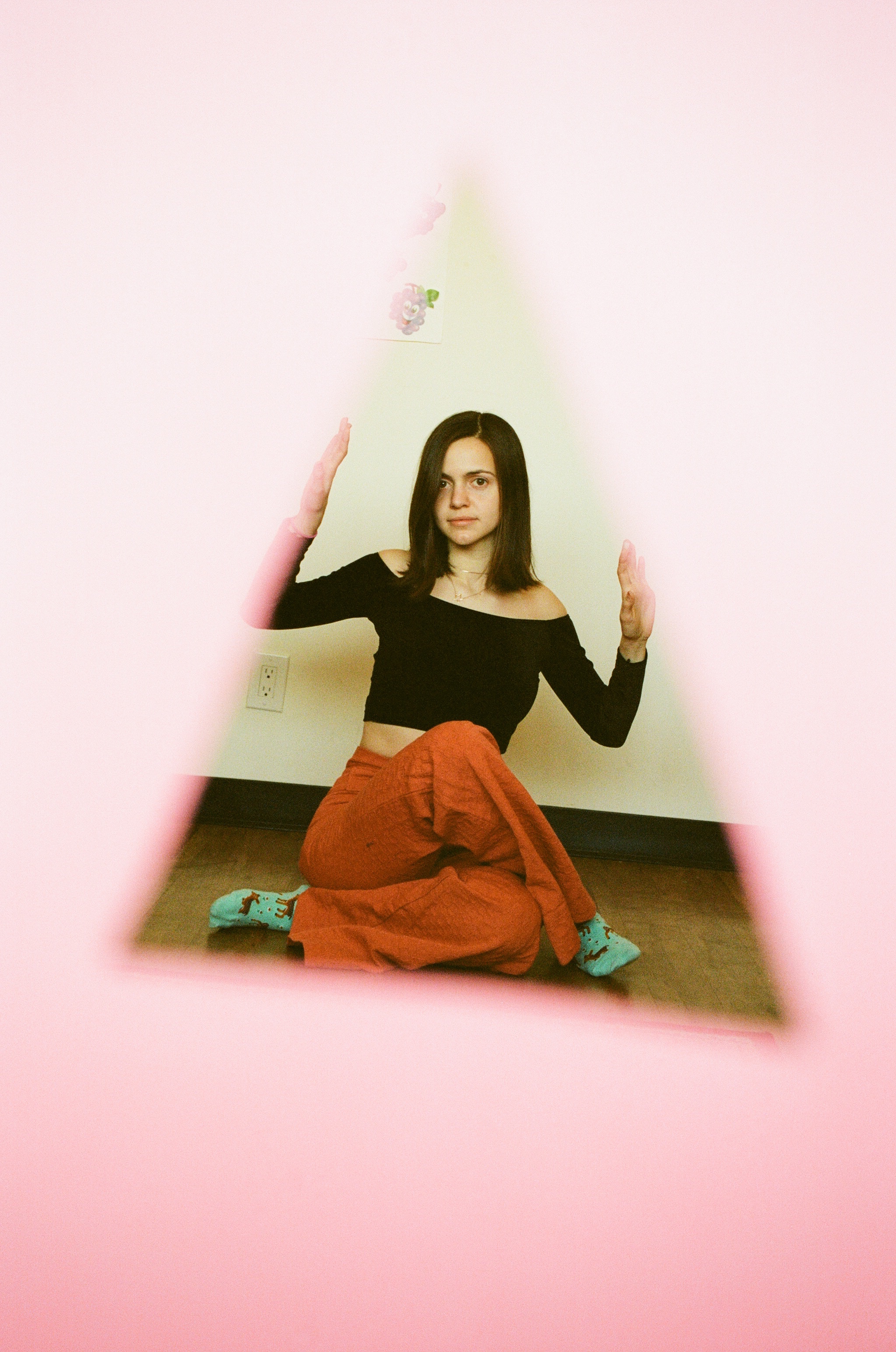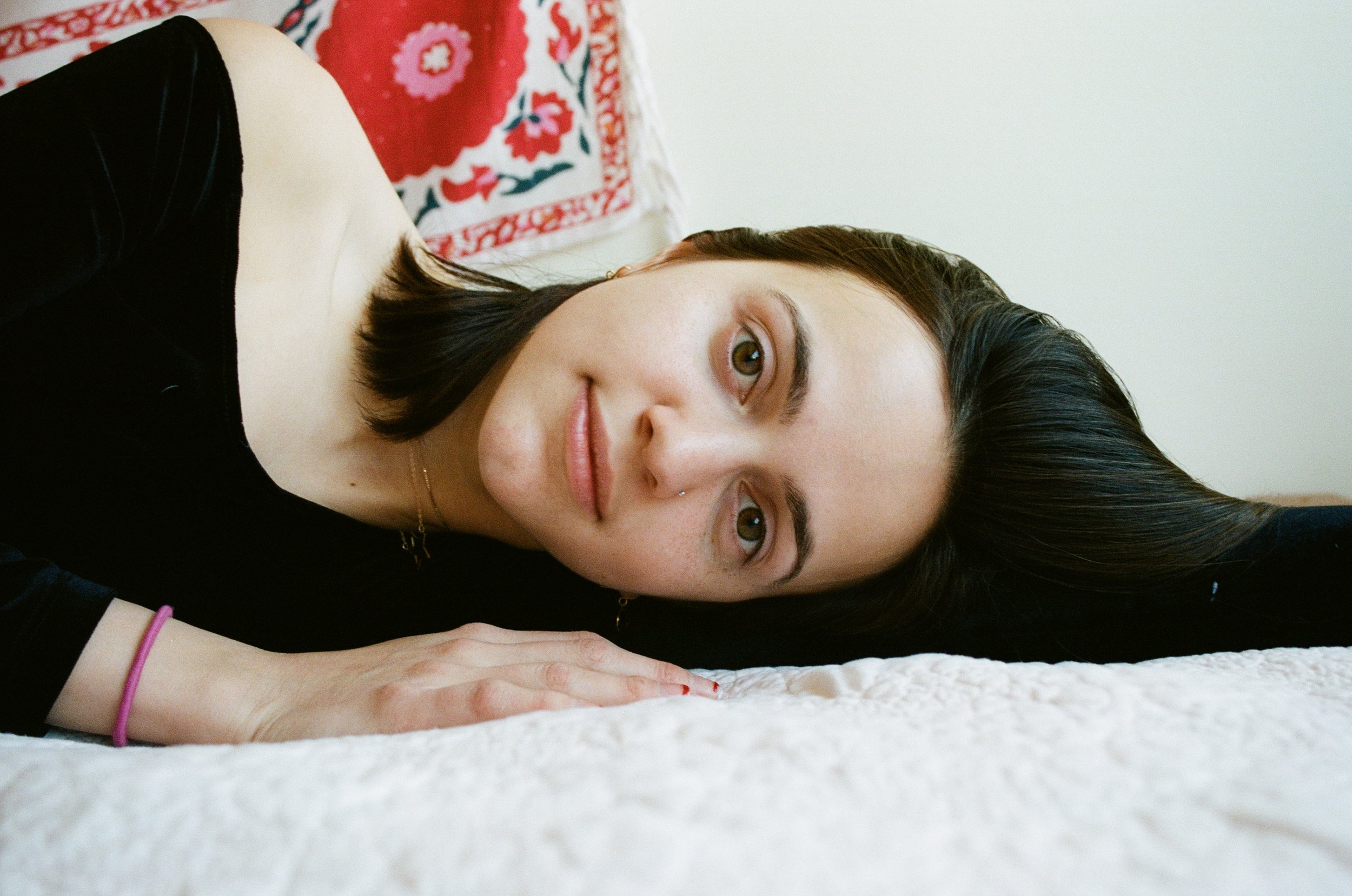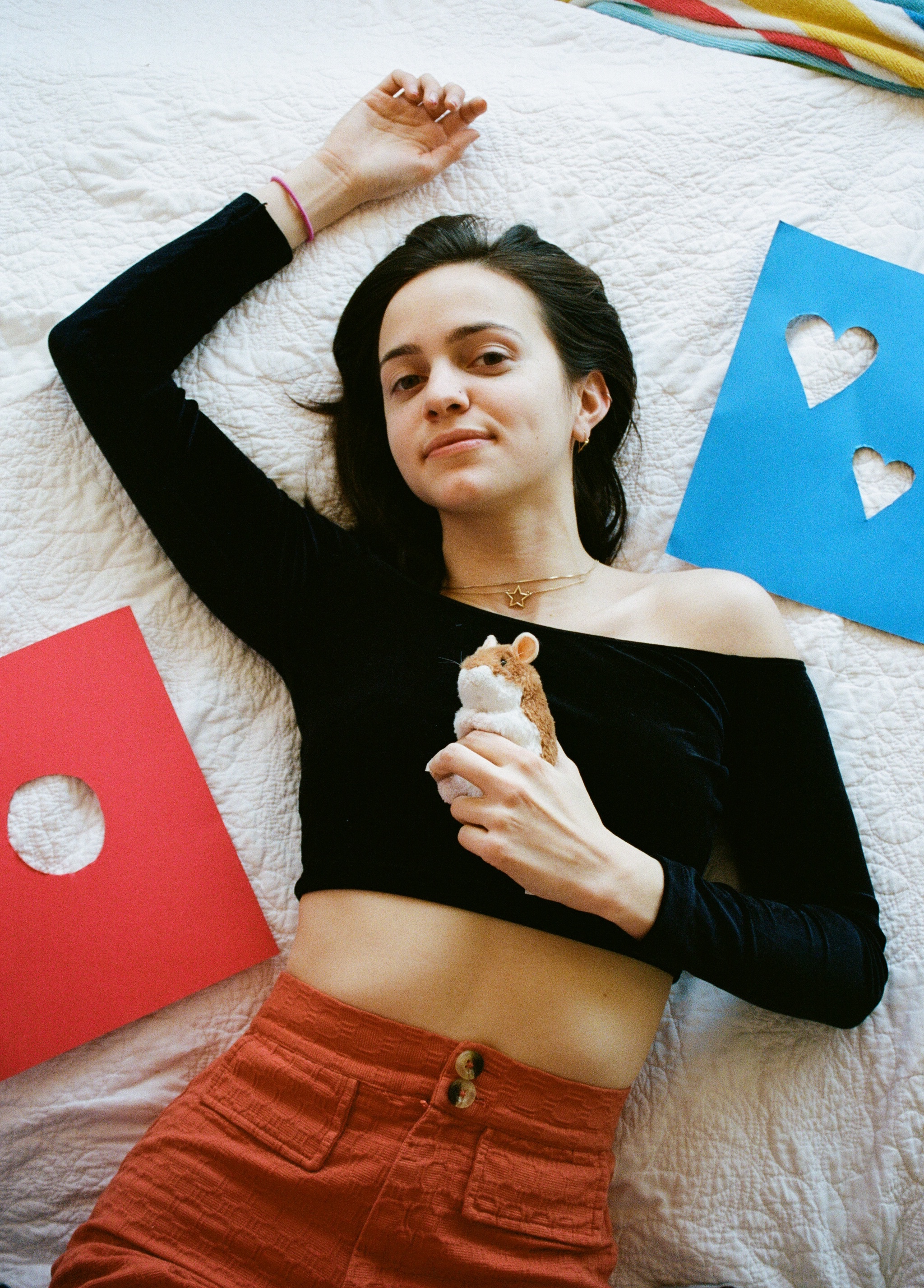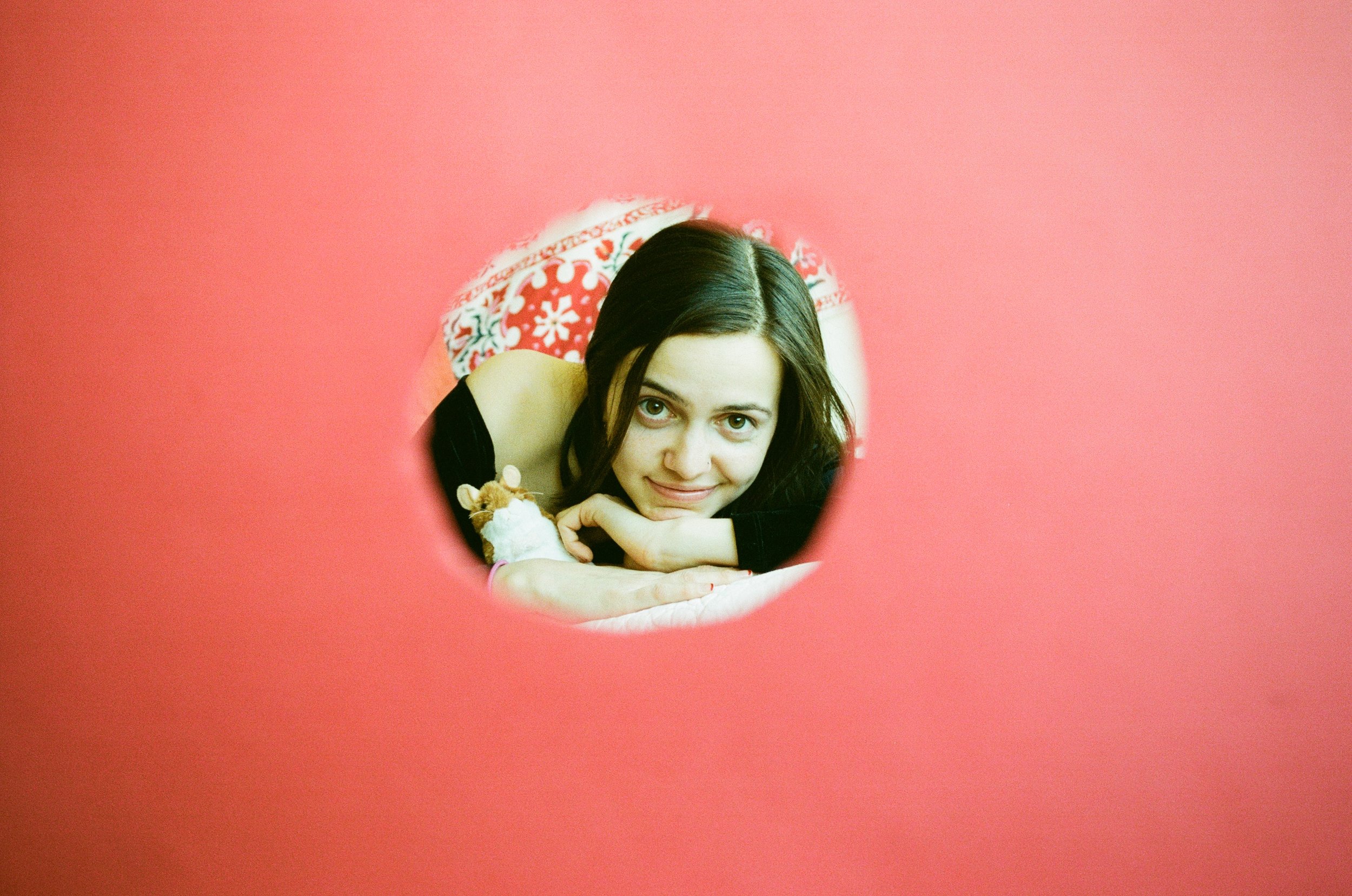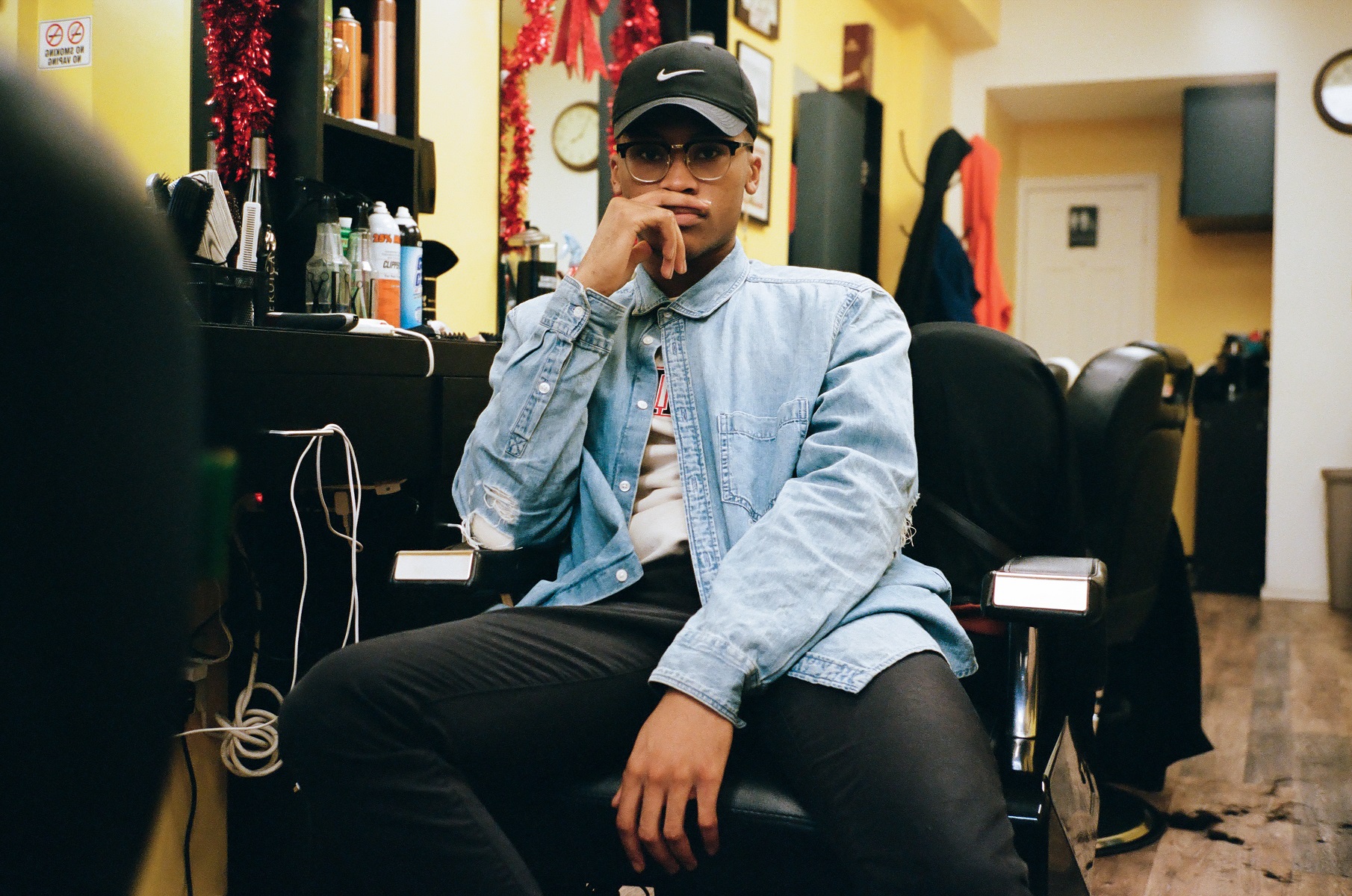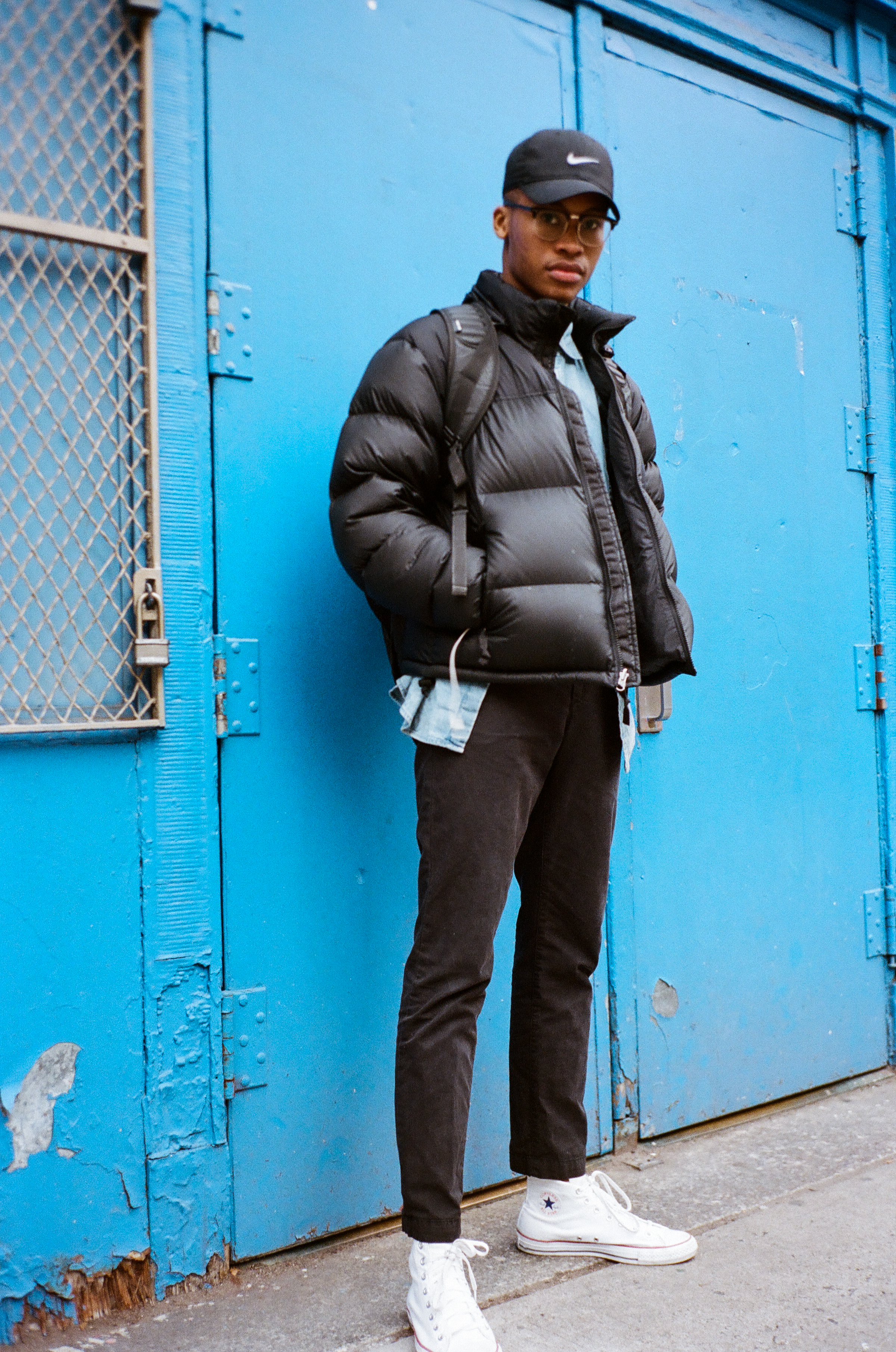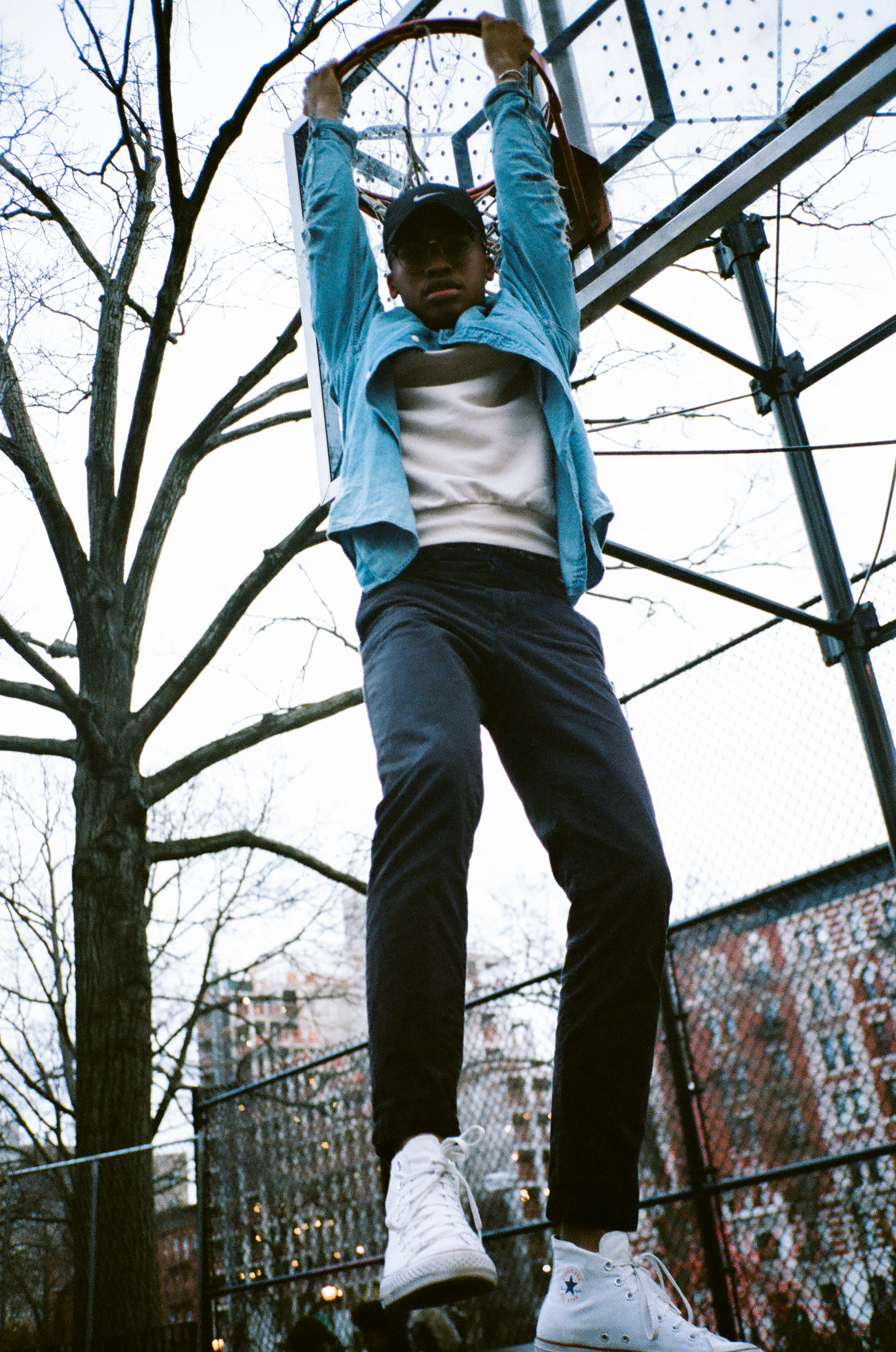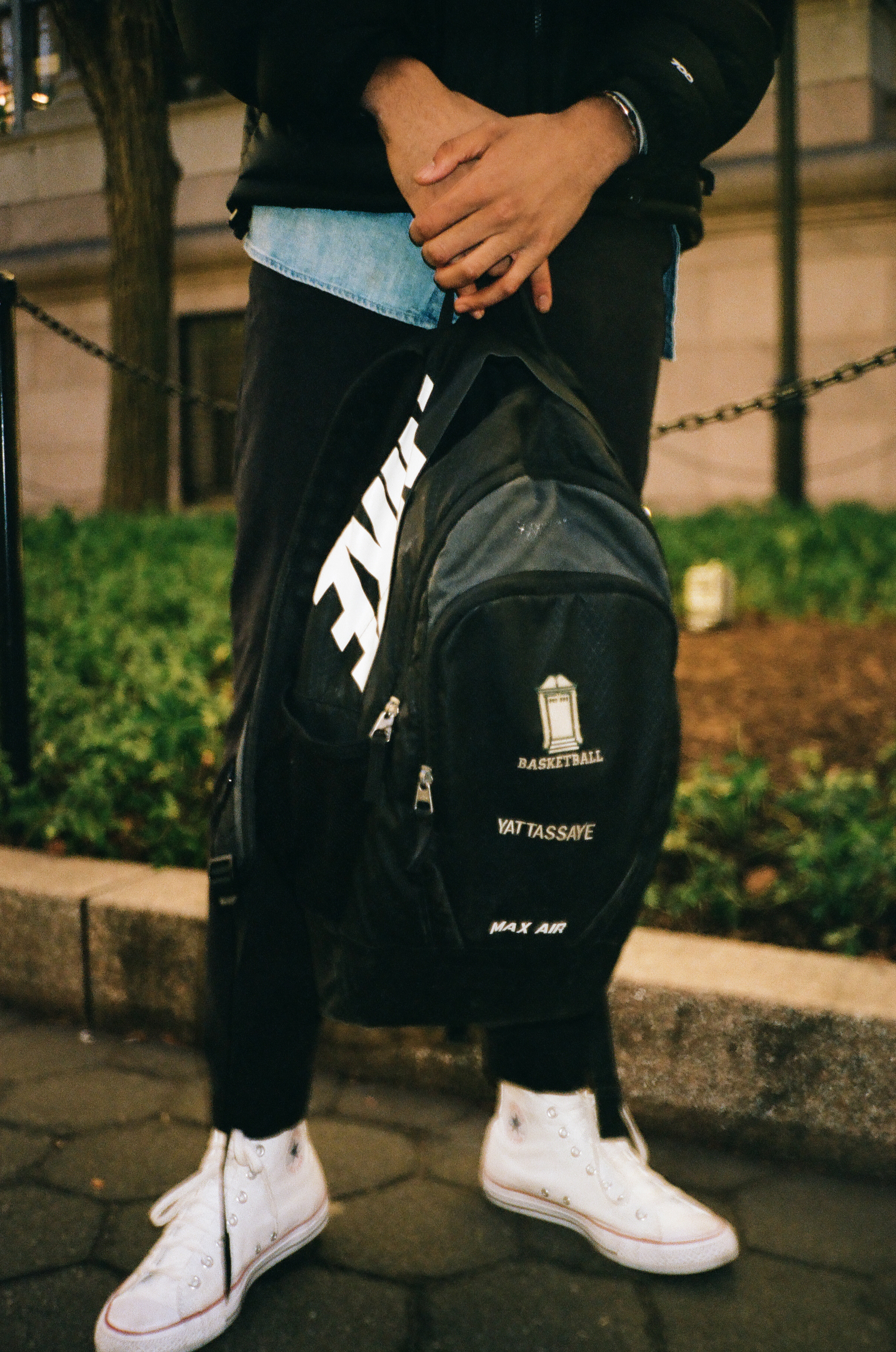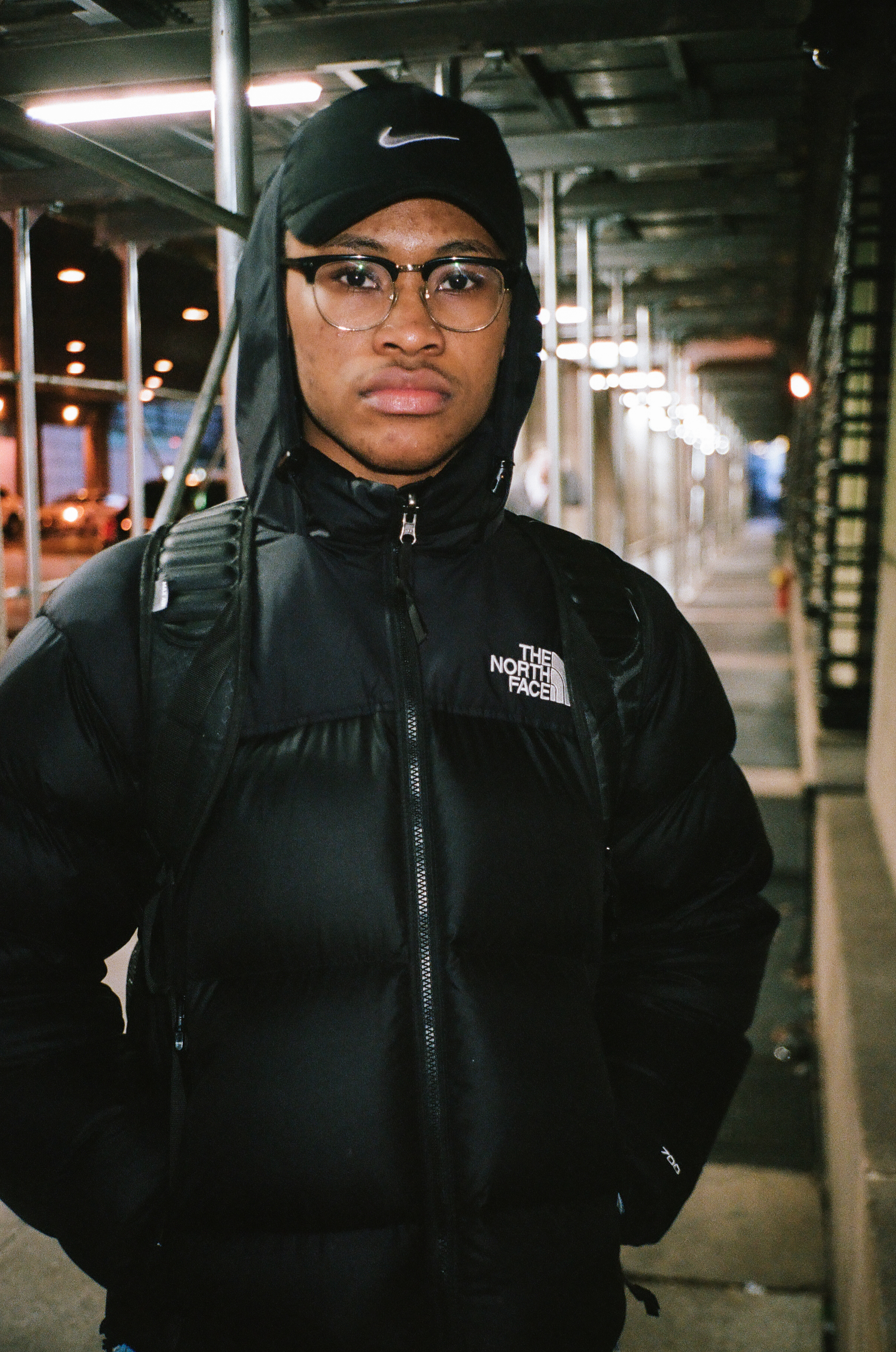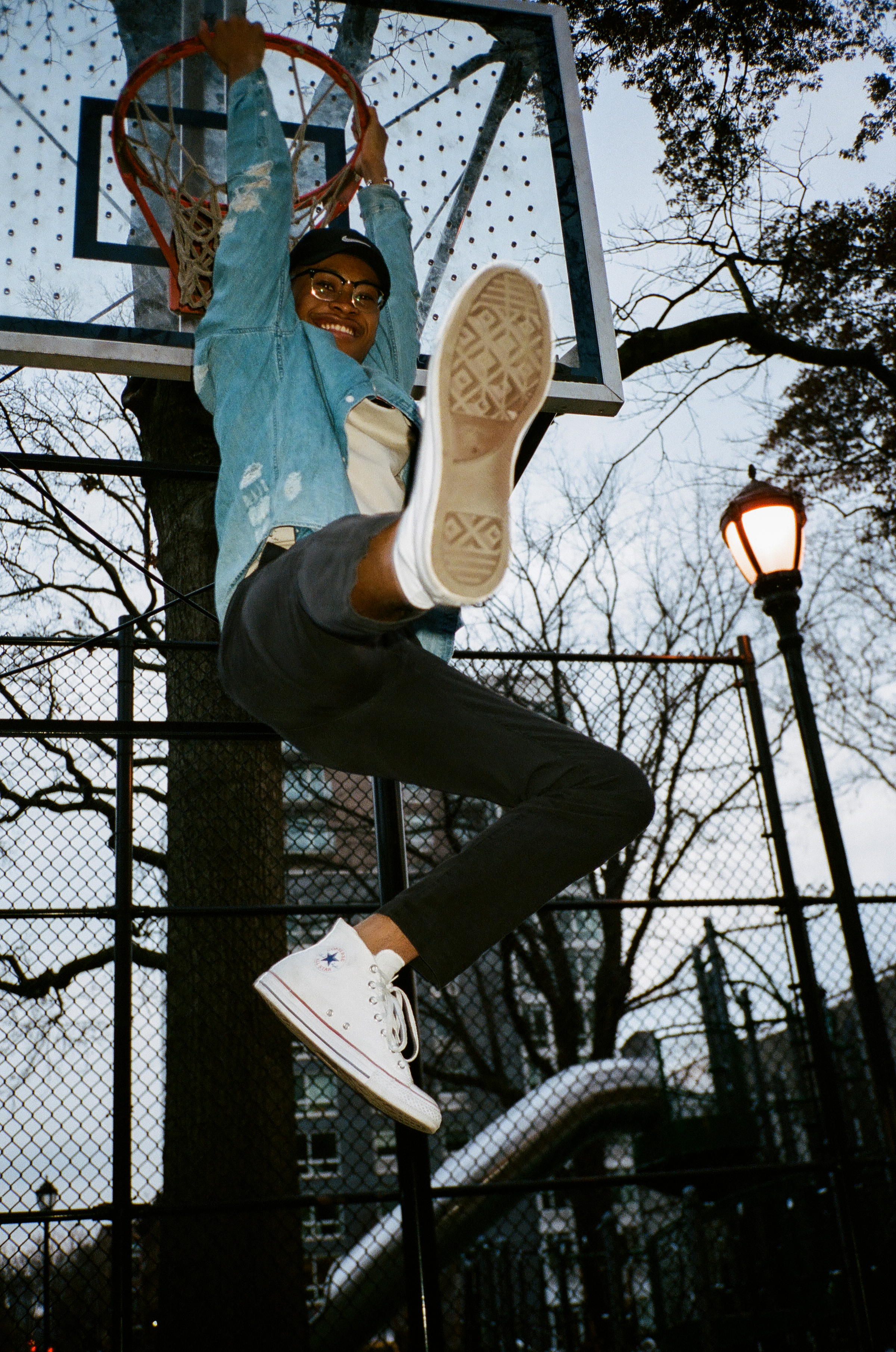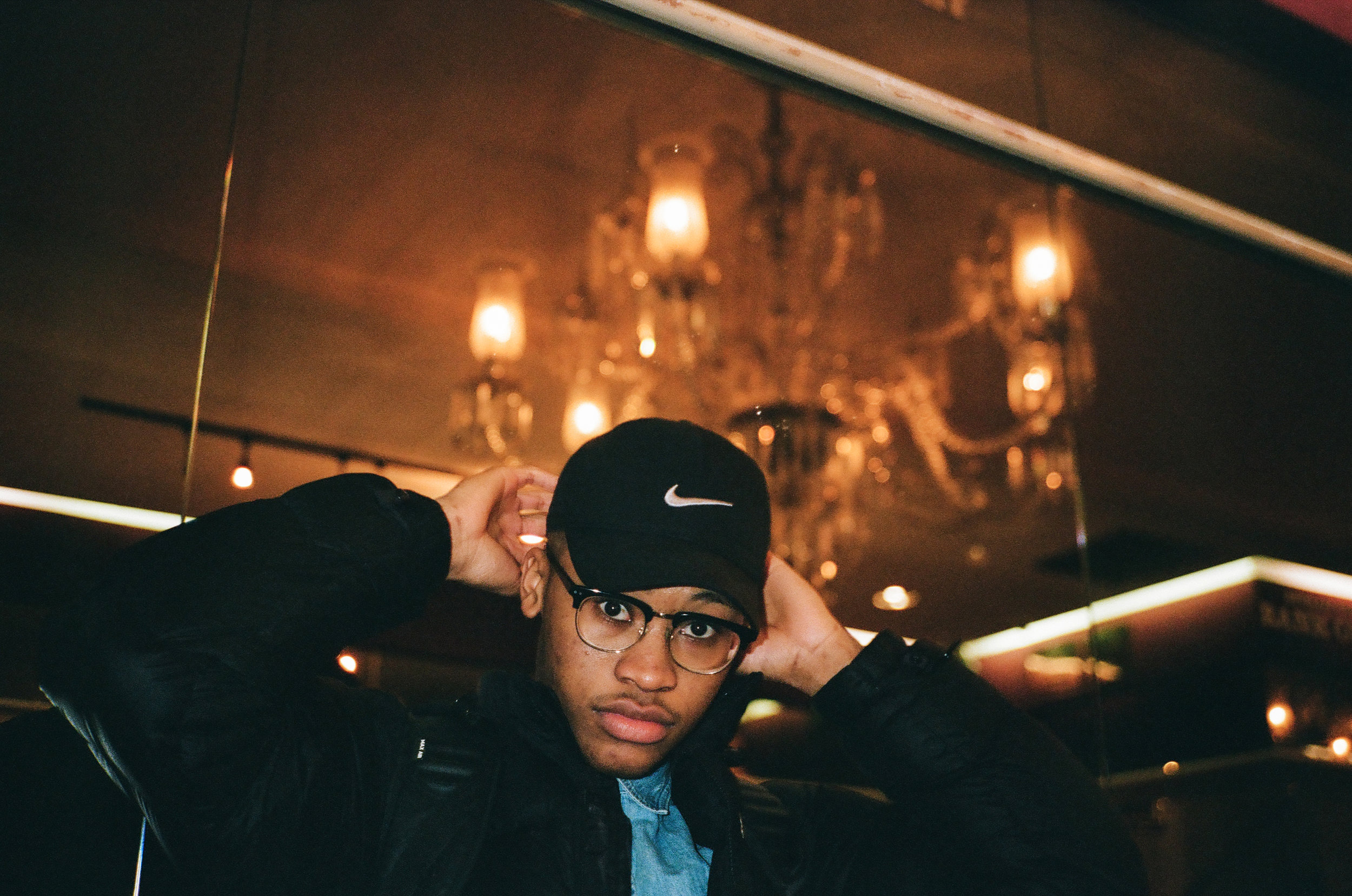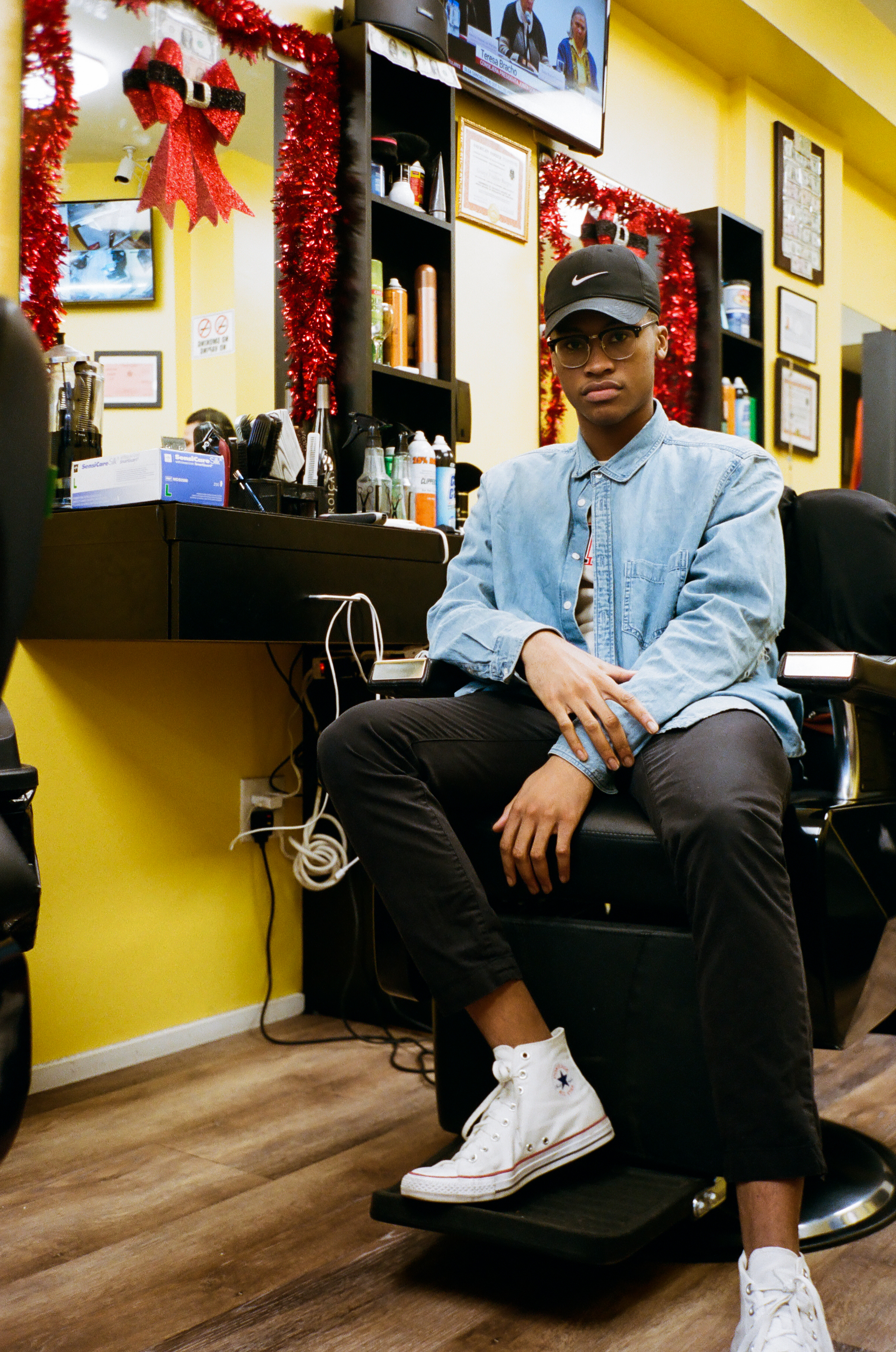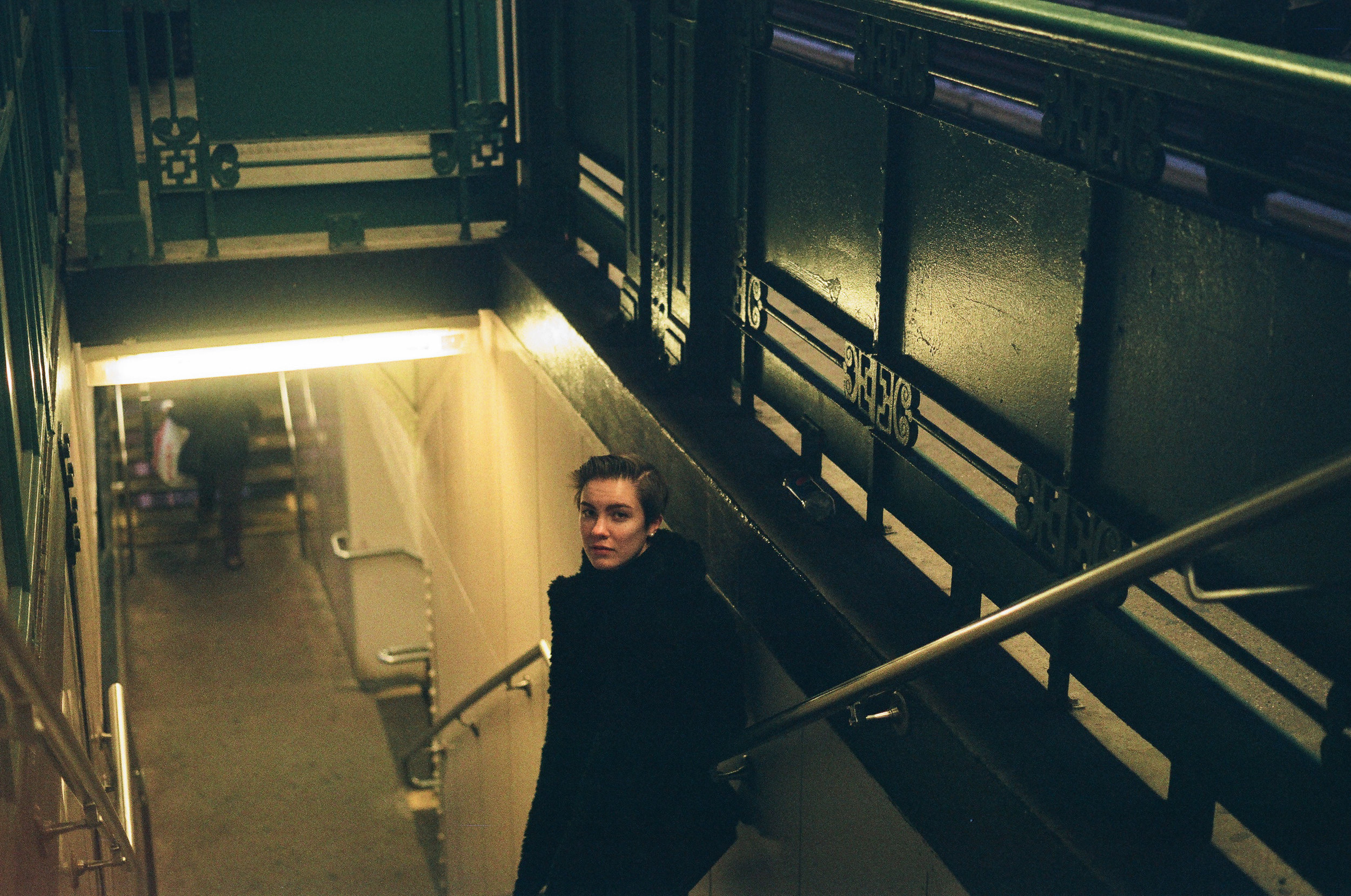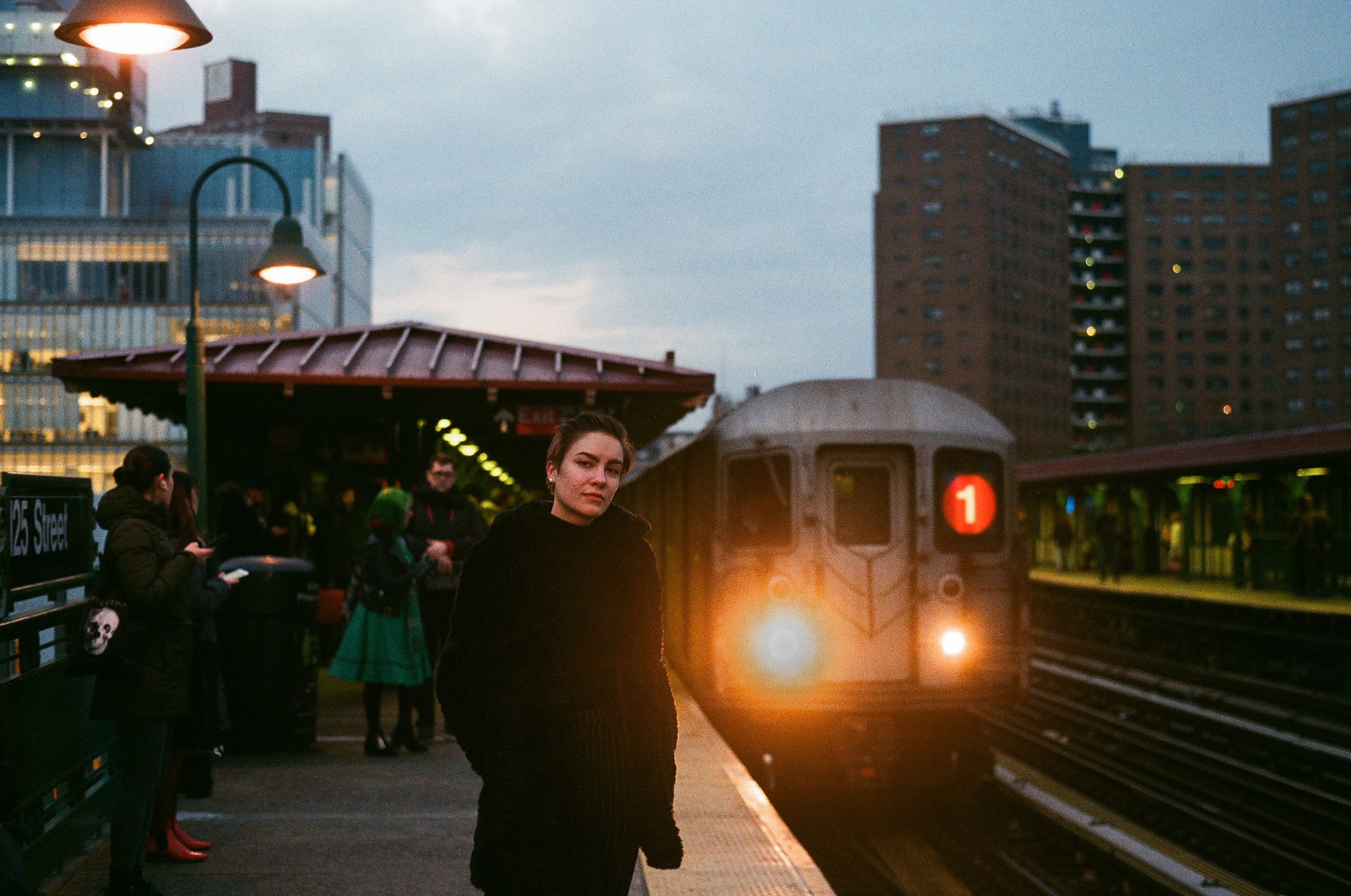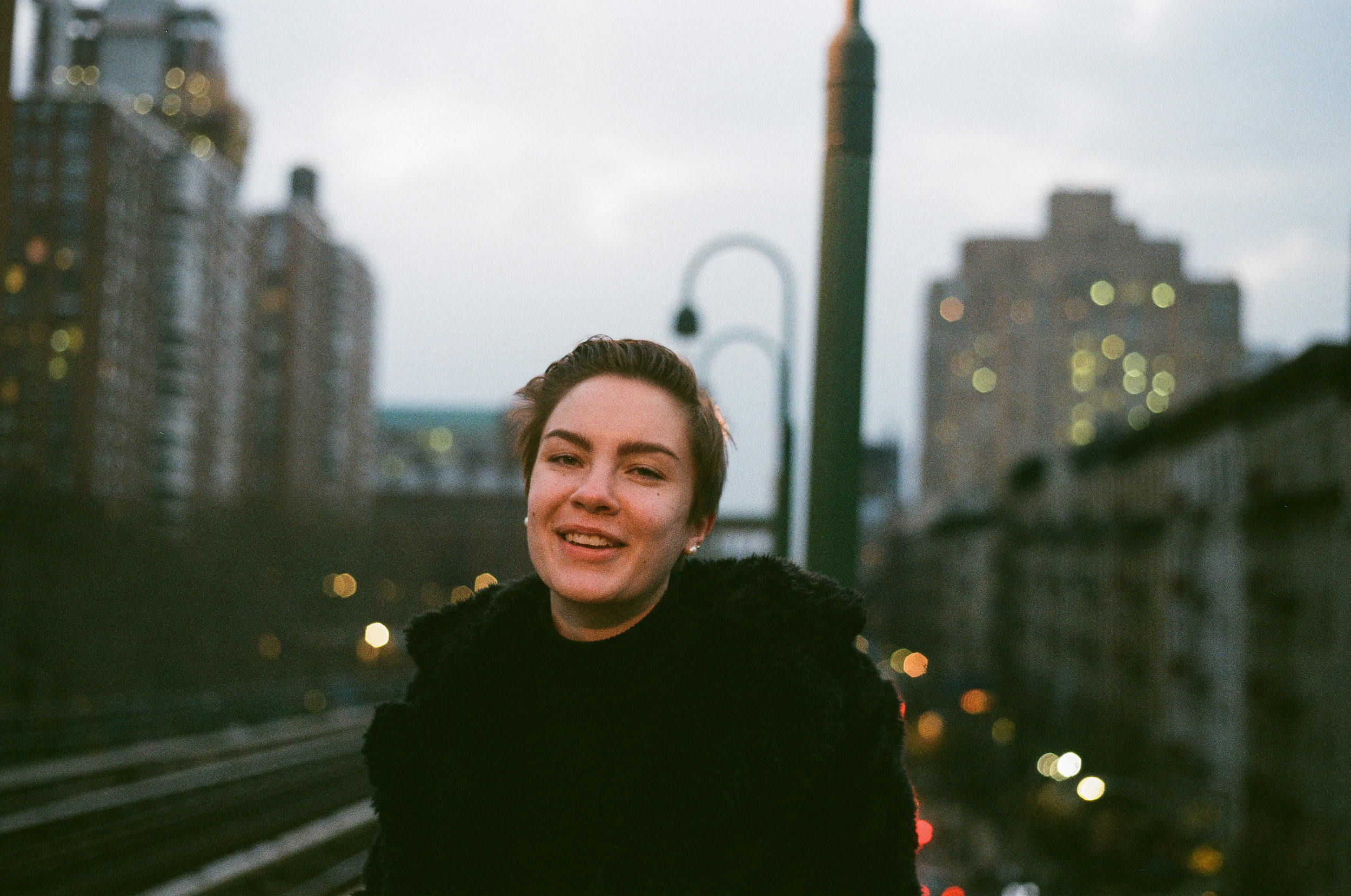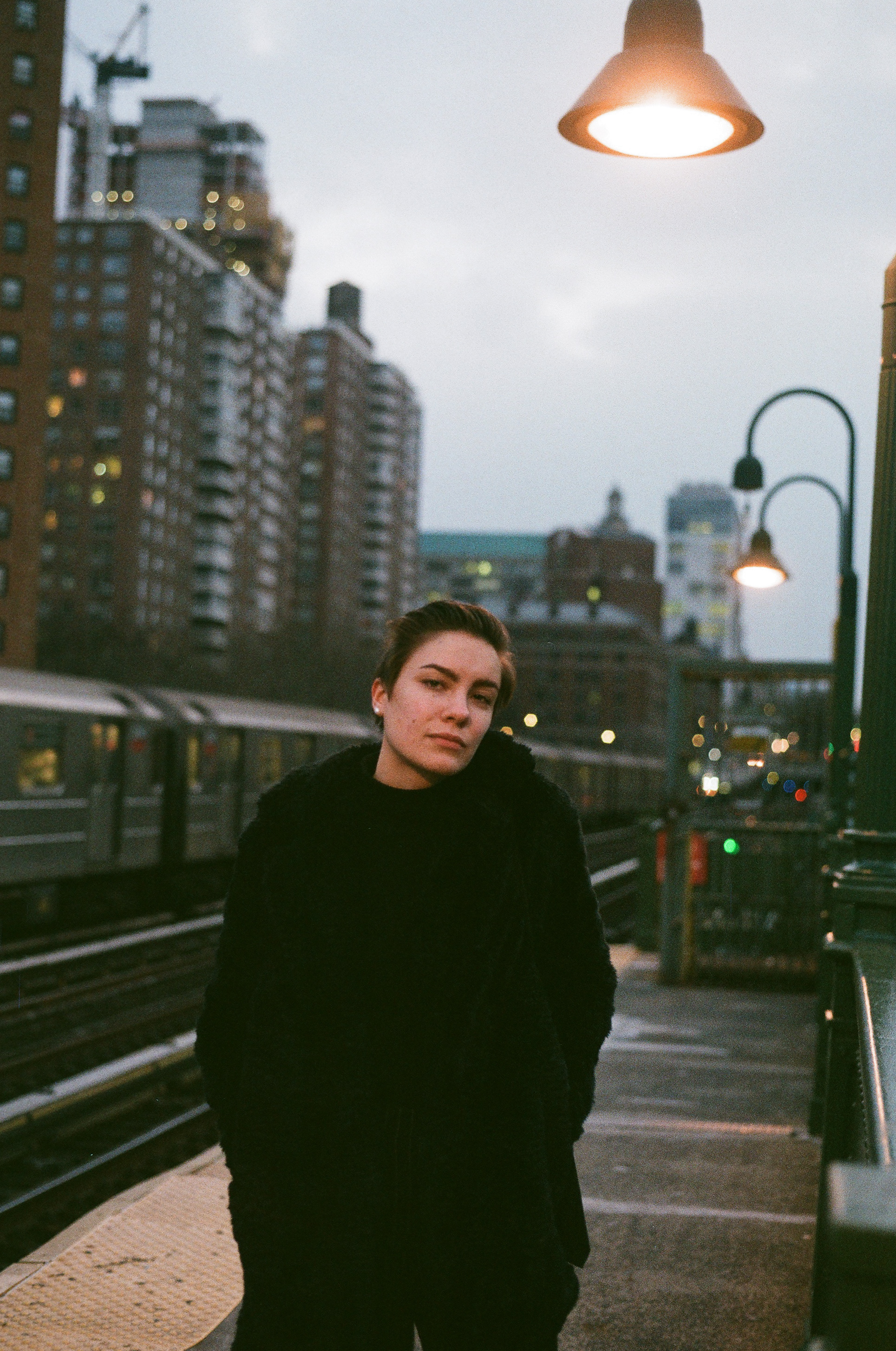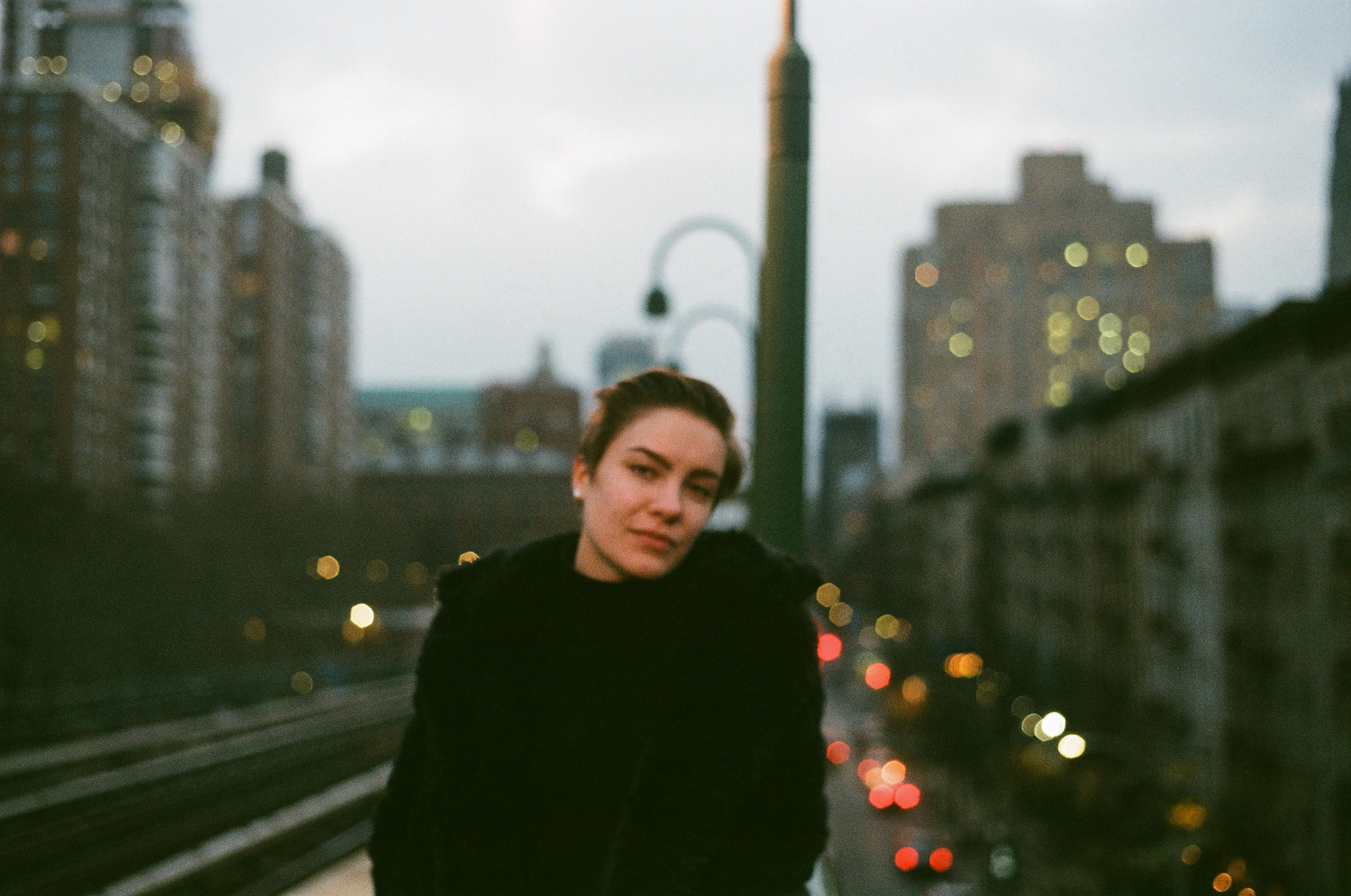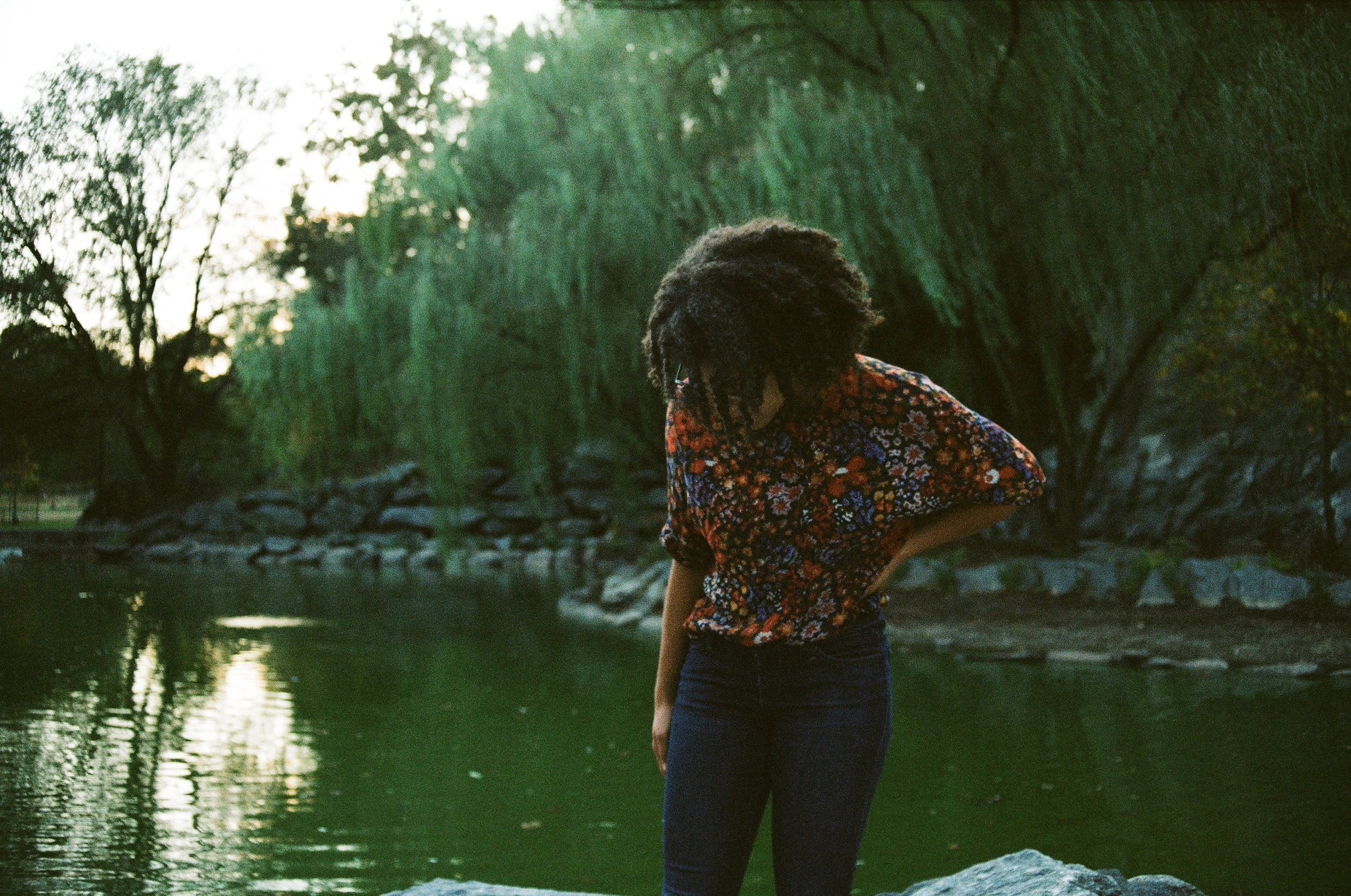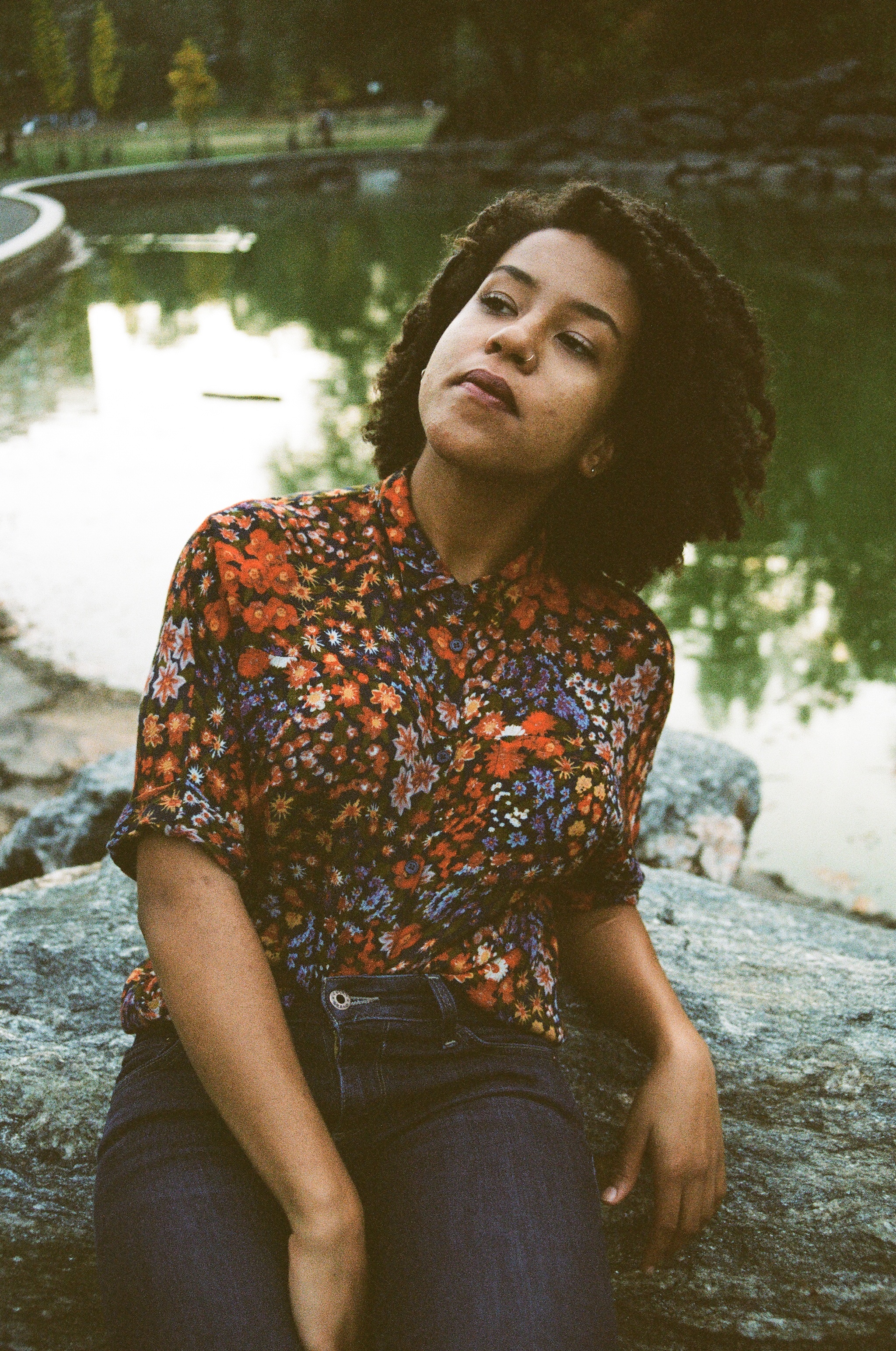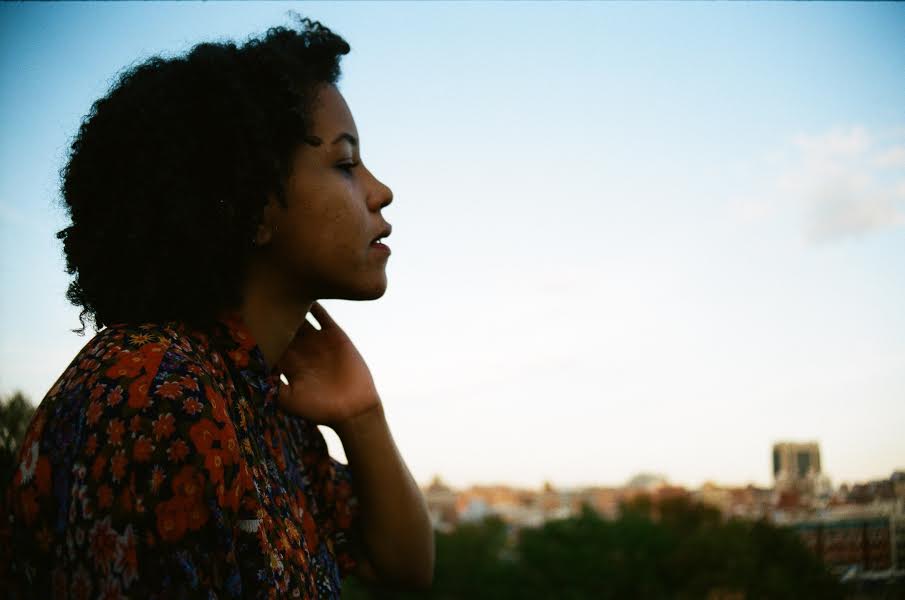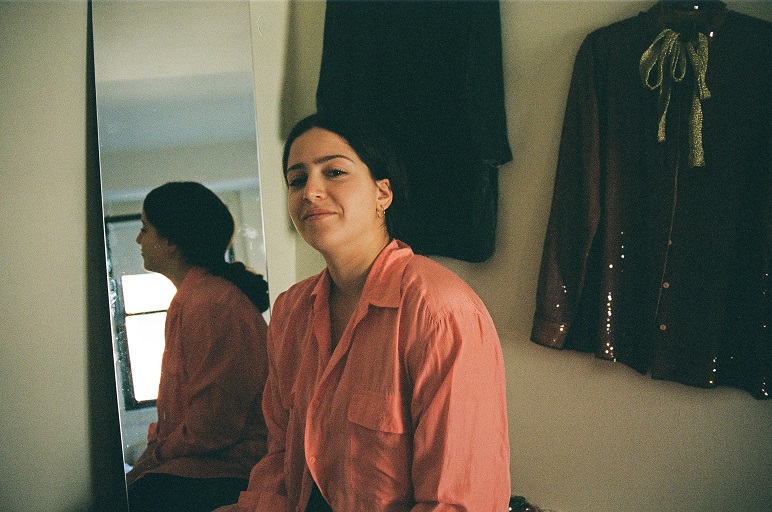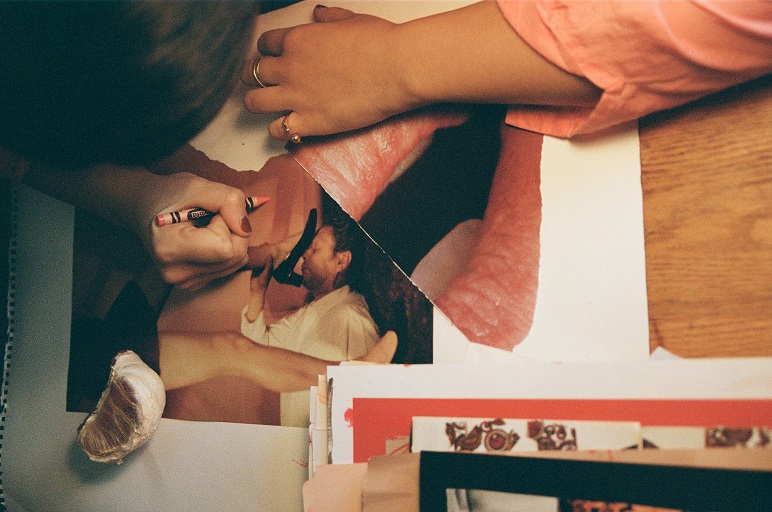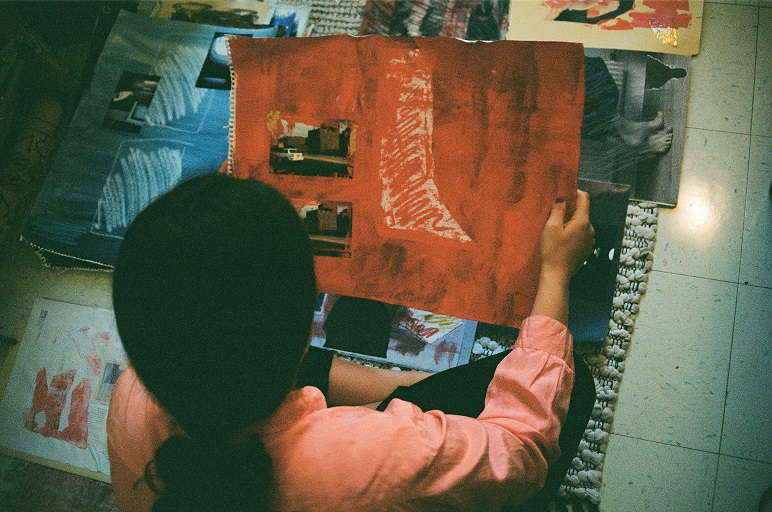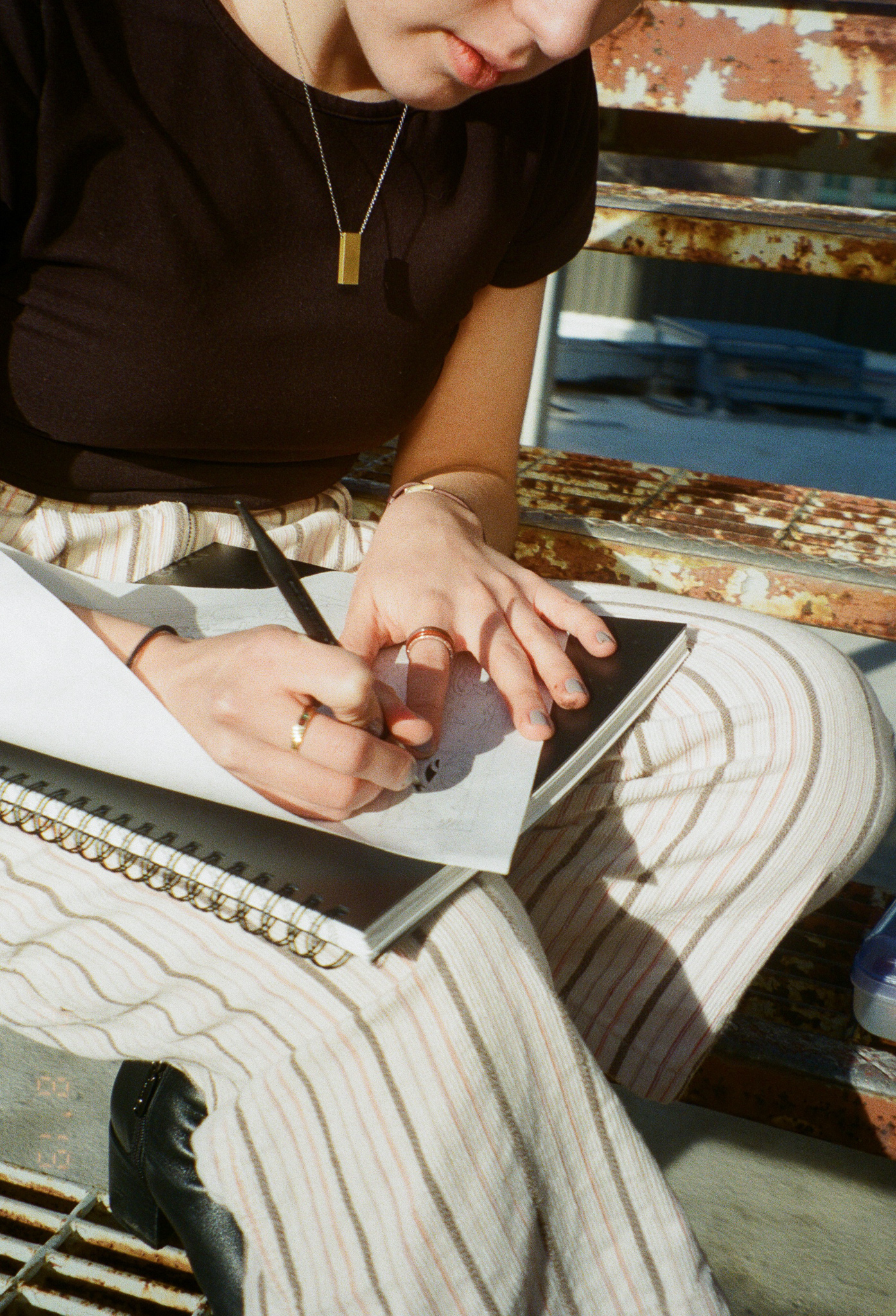
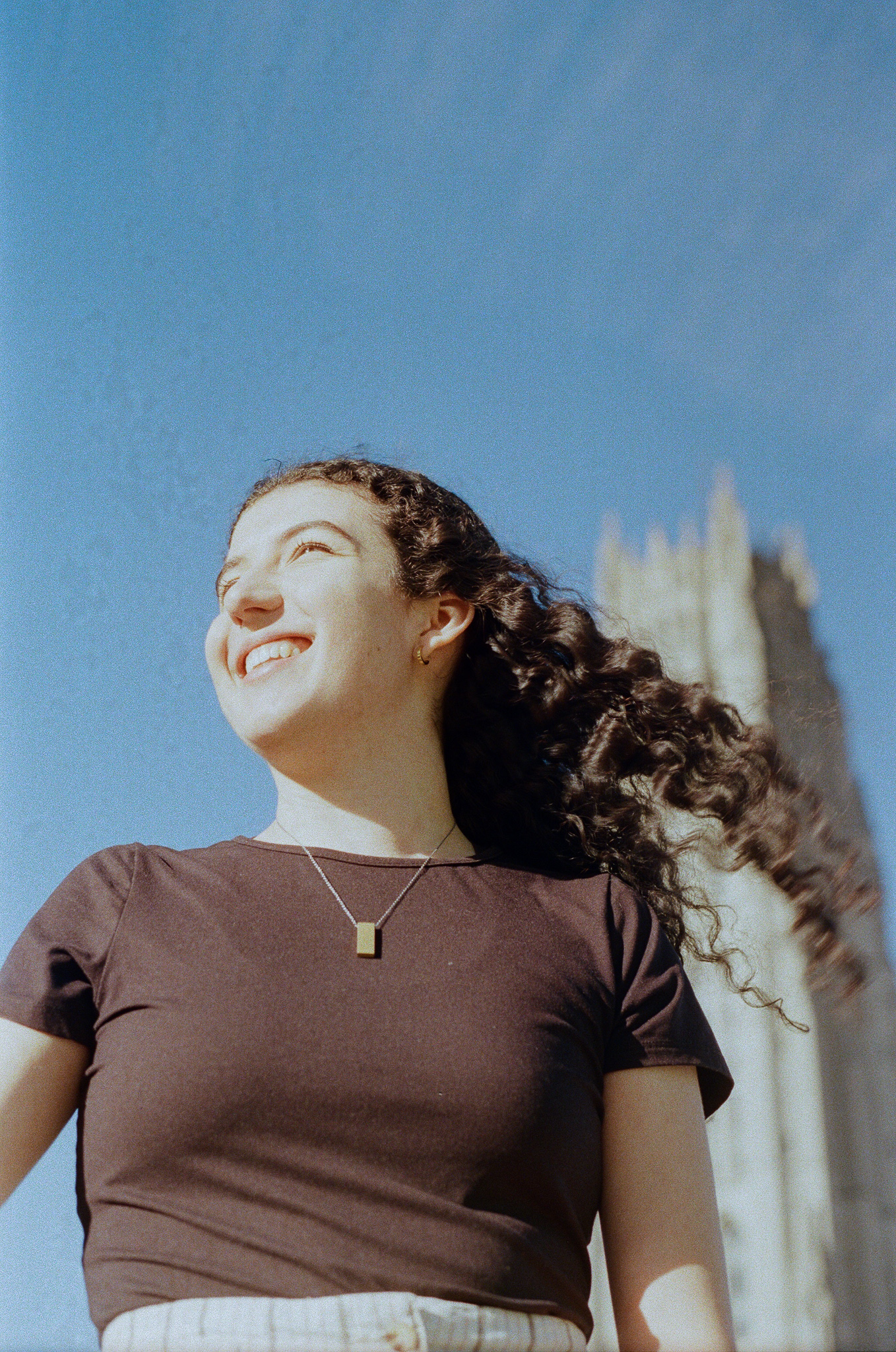
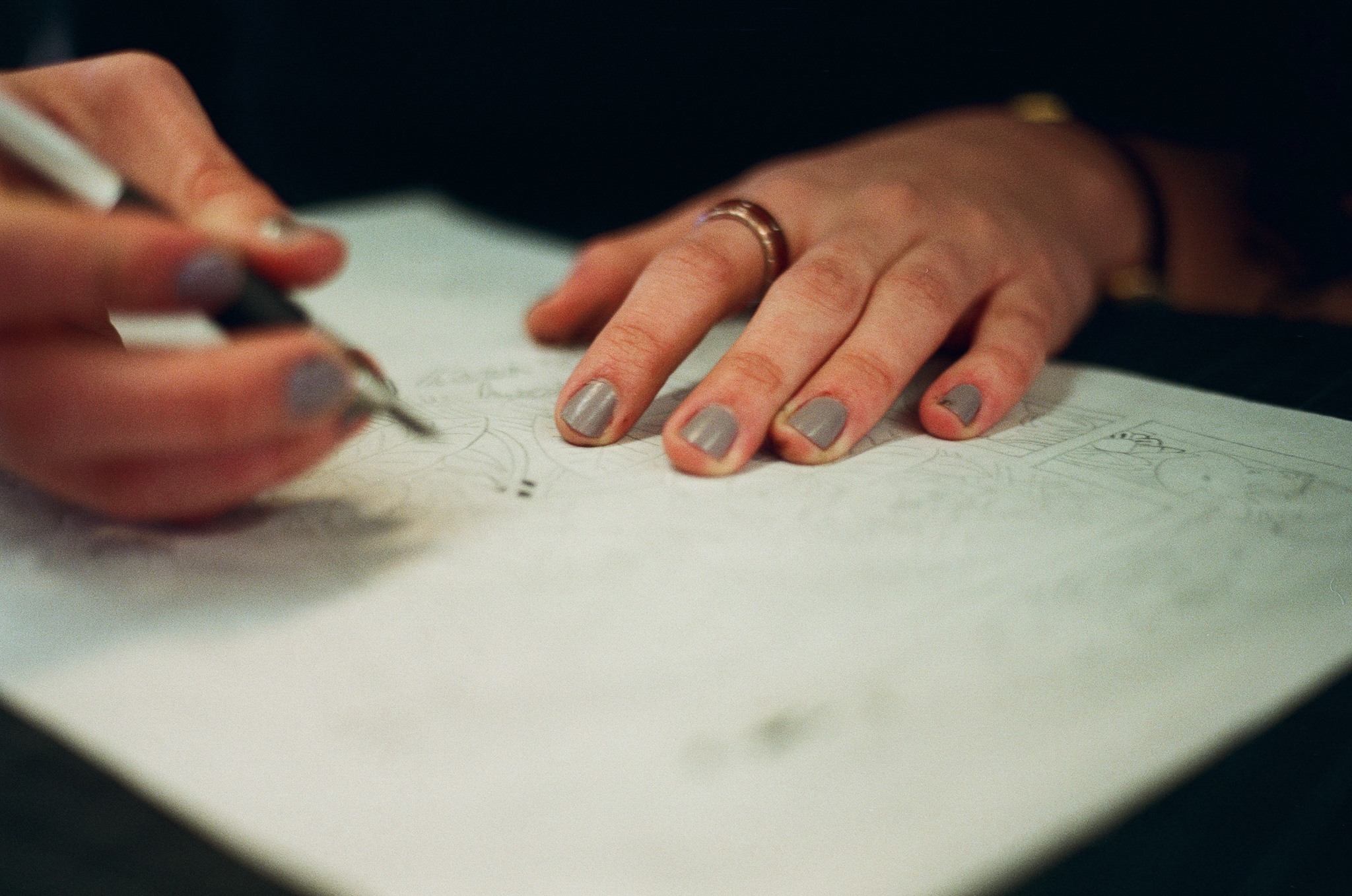


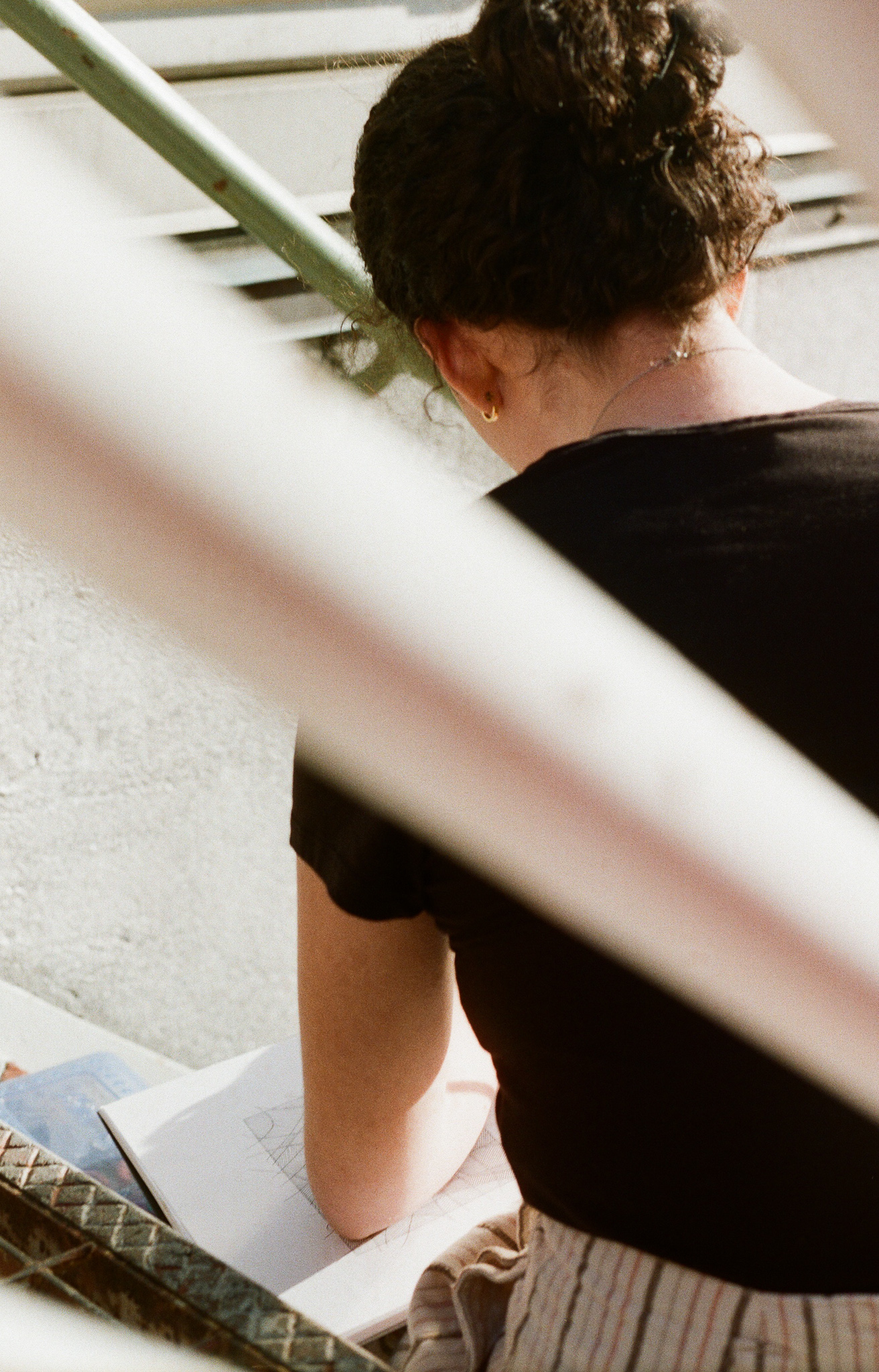

Photography by Margaret Maguire
Interviewed by Louise Sandback
Introduce yourself.
I’m Gisela Levy, I’m a sophomore at CC. I’m studying East Asian languages and cultures, and I paper cut. Paper cuts are drawings cut out of a single sheet of paper and are a common folk art around the world. Personally, I use a variety of small knives to cut my own drawings out of white rice paper or colored light drawing paper.
Where did you grow up?
I grew up in the Washington D.C. area, in Maryland, but also in Brazil when I was little, until I was 7 years old. So that was a big move for me—when I was seven I moved to the U.S and learned English, and that’s definitely influenced me as a person, though I’m not sure where it is in my art.
What is your favorite word right now?
I don’t know if it’s my favorite word, but the word that’s on my mind is brilliant. And also the phrase in sweeping motions. I don’t know, that’s been stuck in my head.
Any particular reason?
For brilliant, it was a part of a conversation I was having with someone and their choice of words really struck me, so I’ve been trying to think about why they said it and what it meant in that context. In sweeping motions is one of those things … sometimes you hear something and it feels like the first time you’ve heard it. I wrote it on my board and put it up in my room to try to incorporate it into something, but I haven’t yet. So it’s just like, there.
What is your approach to incorporating words and text into your art?
Usually my motivation for making a piece of art is that something is stuck in my head. Something about my life or about the world … it’s in there and it’s not coming out. I’m constantly thinking about it, and I have to say everything that I want to say otherwise it will be stuck in this rotation in my head. When I get it on the paper, or cut out of the paper, I feel like my head gets emptier, and I’ve processed what it is that I’m thinking.
Where do these words come from?
So a lot of the words that are physically in my pieces, they are often things people have said to me or written to me in messages, sometimes they’re captions from my instagram posts, and I just cut them out of paper. They’re how I think about the world. It’s a very particular type of language -- it’s not something that I’d be able to say to someone, and it’s not something I would be able to write into a poem. It’s so disjointed that it actually feels more visual than verbal.
When did you first start making art?
I started paper-cutting when I moved to China for a year as a study abroad [student] in high school. I had never paper-cut before then, so I think that that was probably the biggest influence on [my] artwork. But I’ve been drawing and making art my whole life, casually, not professionally. I’ve just always been in art classes and enjoyed that kind of space [and] trying on different mediums.
A lot of people didn’t like that about art class, having these constraints about what kind of materials to use or what kind of subject to draw, but I always felt that it enriched whatever I was doing. Because one way or another I always brought my style to it. So it just helped me discover what it was I was trying to do by pushing it in a different direction.
How did you come about developing your unique style?
When I was in China learning to paper cut, I was working with very traditional designs and methods. The only thing I had done with cut paper before then were snowflakes, which I still really enjoy doing. It’s a fun thing to do, to cut out really intricate snowflakes. But that was something that was completely devoid of all emotion or personality. It was more like: how complicated can I make this?
Then, when I was learning to cut with a knife and build compositions, I started thinking about space. A lot of traditional paper cuts, I think, need to have lots of different images that are separate—either because they tell a story or because there is an in-built symbolism—and they have to come together in different scales. You have to manipulate how everything comes together to fill up the space completely in an aesthetically pleasant way. That was something I was already doing in my doodles. I really enjoy filling up a whole page with a drawing, and in order to do that you have to manipulate the space so that there’s a good balance of black and white, of positive and negative [space], etc.
How has your time learning to papercut in China influenced your practice today?
I consider traditional Chinese paper-cuts and patterns to be an influence on my art, but they work mainly aesthetically and compositionally. I am not trying to lay claim on any of the cultural meaning of these designs beyond my personal experience with them as an artist and as a student in China. I hope that this comes across when I incorporate personal elements like words and faces which are totally separate from that tradition.
What was the first papercut in which you incorporated these personal elements?
The first more personal paper cut I ever made — I feel like it might have been one called Rose. That was the first time [my personal style and traditional training] came together: I added the face, and that made it personal, but I kept this kind of boundary of the themes and motifs that I had been working with before. Then it just exploded from there.
What are some projects you’re looking towards in the future?
One of the things I want to try making is mobiles which sounds really hard. I have one mobile in the submission, but that one was more of an accident, actually. I had written this sort of rambling poem. It was a disjointed piece of prose, and it wouldn’t have made sense as a poem so I was like: “I’ll cut it out of paper and then it will make sense.” I was working on that in a high school art classroom, and this girl spilled a bottle of turpentine on the piece. I was about halfway done cutting it; it had taken me weeks, and she spilled a bottle of turpentine on it which ruined the paper.
So I got really upset and frustrated, and I just took my knife and I started kind of sheering these things and trying to get the pieces of turpentine off. It got very weird and I was like “well, the piece is ruined.” But then I picked it up to throw it away and the way it folded — all the strips fell behind the words and I loved the way it looked. And I was like, “this is better than what I was going to do.” I really enjoyed manipulating it so that it fell exactly how I wanted it to fall, and then I spent a long time photographing it and figuring out what I was doing with the light and the closeups, and how the organic words were mixing with the turpentine strips. It’s called Ruins because my friend said it was too rude to call it Rebecca Ruined It, which is what I wanted to call it, because, well, Rebecca did ruin it.
What kinds of intentional mobiles do you foresee yourself making?
I’m moving towards making portraits into mobiles. A lot of the portraits that I do are single line drawings, and when you pick those up the paper is very fragile and it will bend. Sometimes the hook of a nose will catch on a cheekbone or lip and that’s kind of what I want to play with. I want to figure out how to make those cuts so that they purposefully form a shape in 3D. It sounds impossible but, that’s kind of what I’m moving towards.
Is there anything else you want to add?
One of the things that I was really thinking about since being selected to be a Featured Artist is, like: am I a fraud? Am I really an artist? I haven’t been as prolific as I was in the past; I have a lot of other stuff going on here at school. [I’ve been having] these feelings of “my art isn’t done yet, it’s not ready to be shown, and is anything I’m doing even worth it for other people?” So many of my friends who are artists themselves, have been reassuring me, saying it’s okay to present your art and to be proud of it. But they’re not doing it with their own art.
So I just want people who read this interview, and who see Ratrock as a space for like only “artist” people, and who think “I’m just me, doing my own stuff over here, and that’s not the same:” it is the same. Just put your stuff out there and be proud of it, and be confident in the fact that you’re doing something at all. That’s all it takes. If you view your art as important and value the act of making it… that’s it, that’s what makes you an artist.
